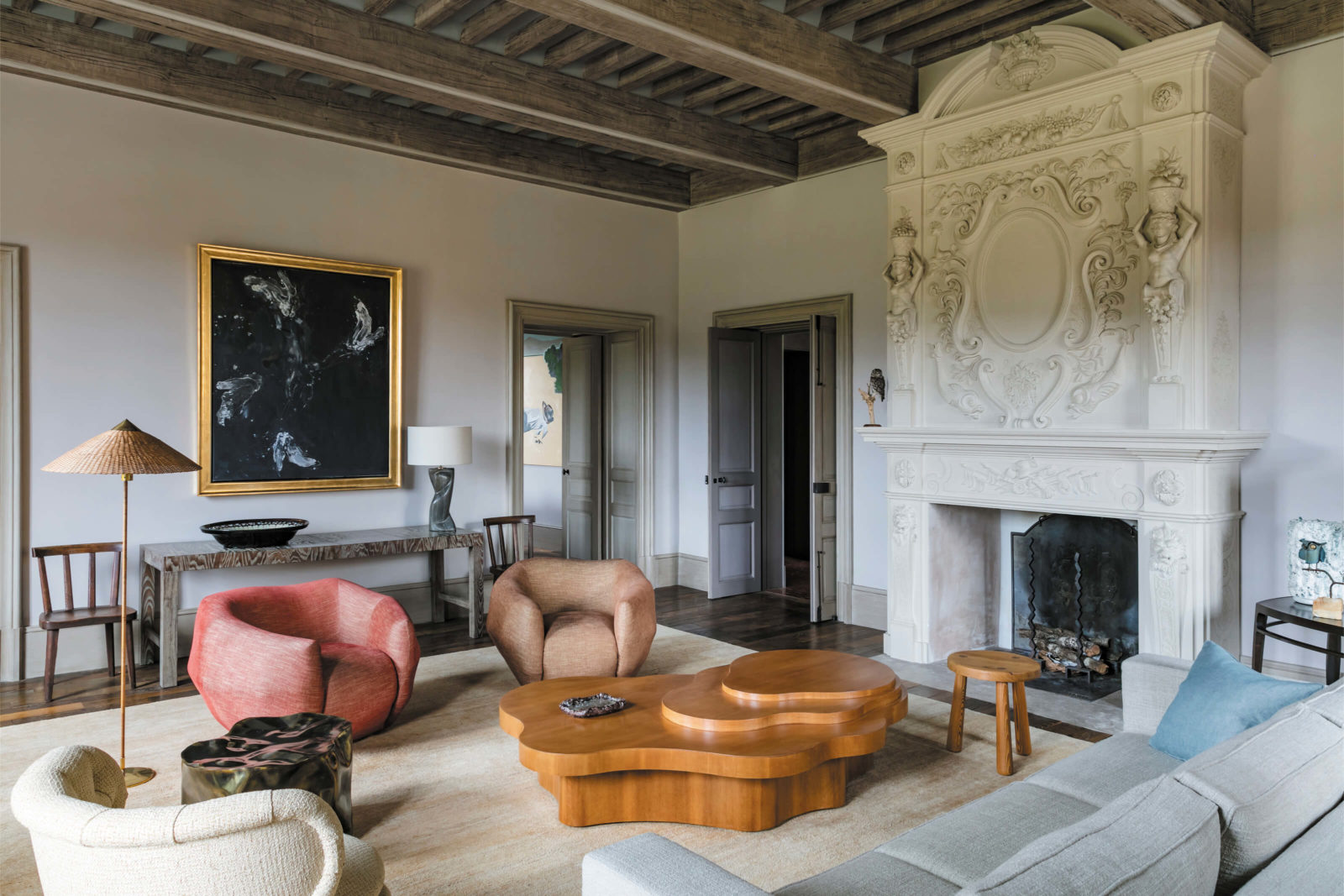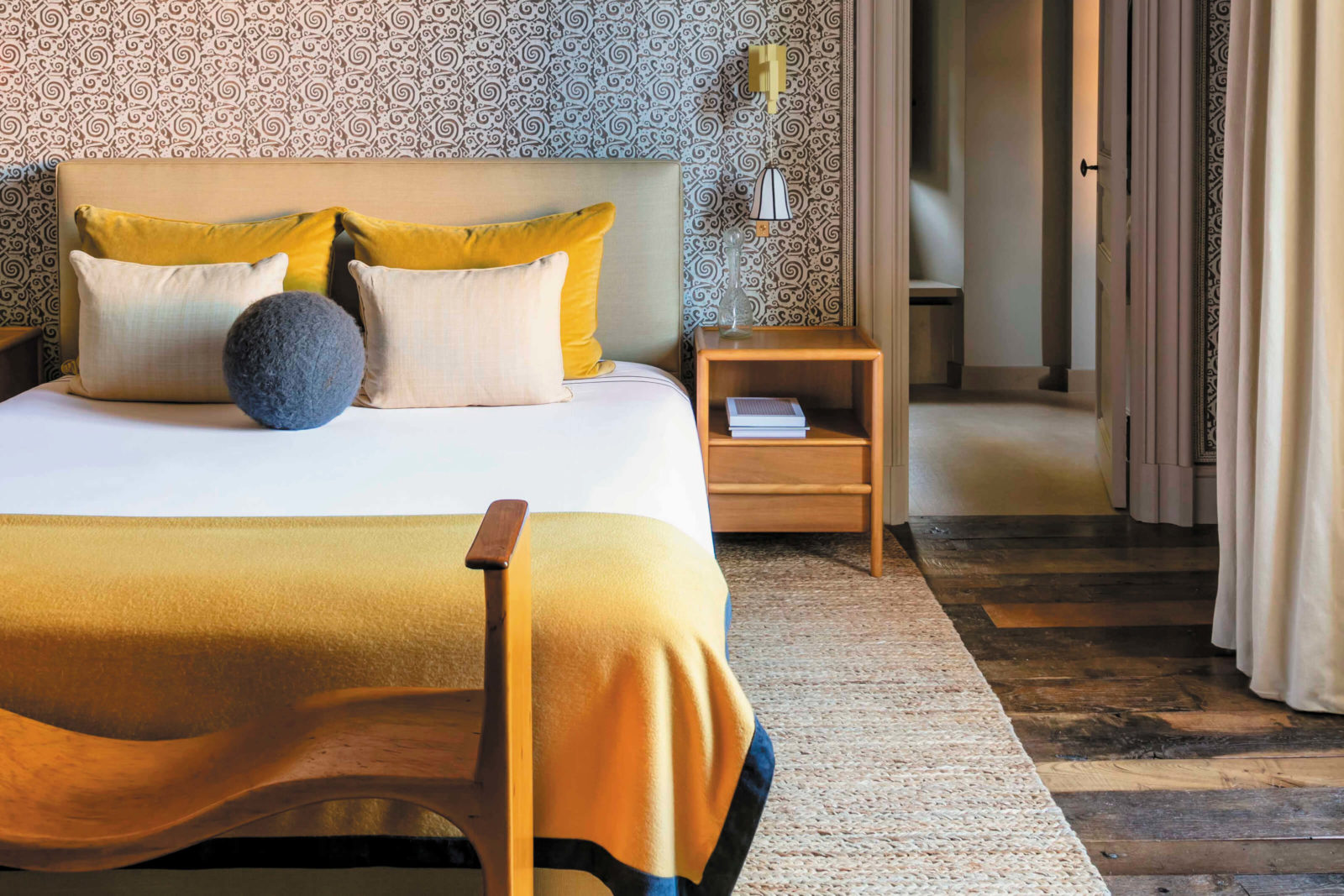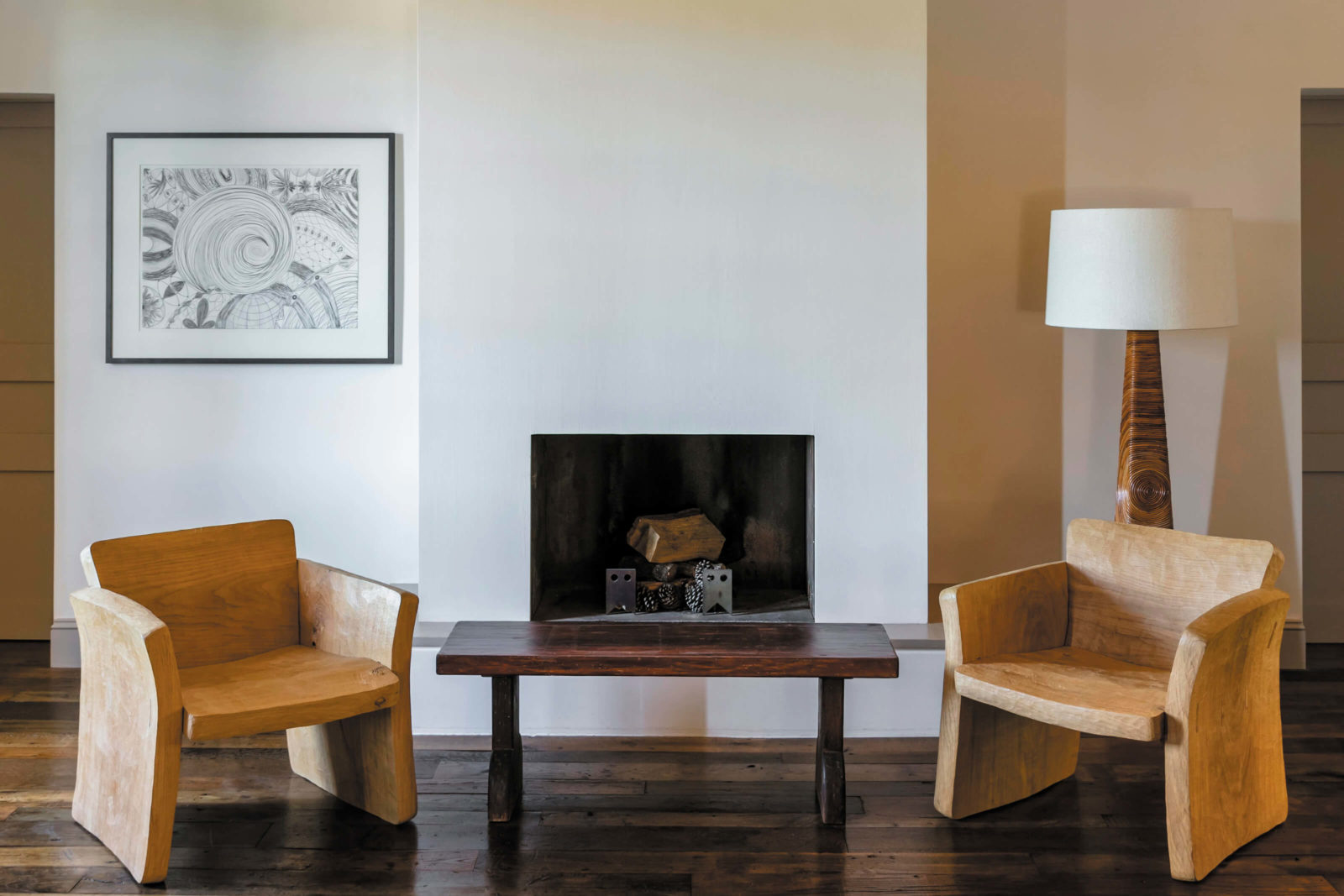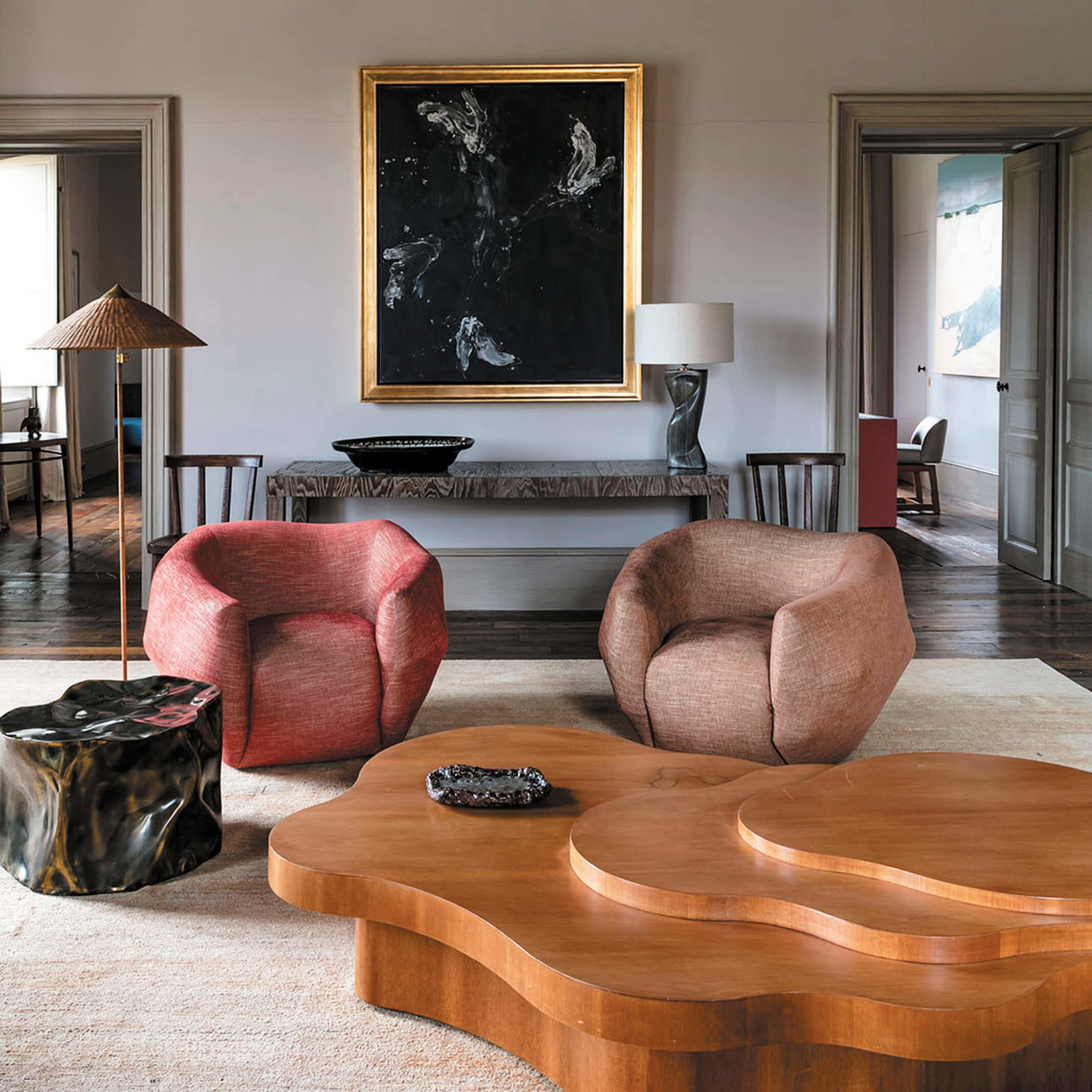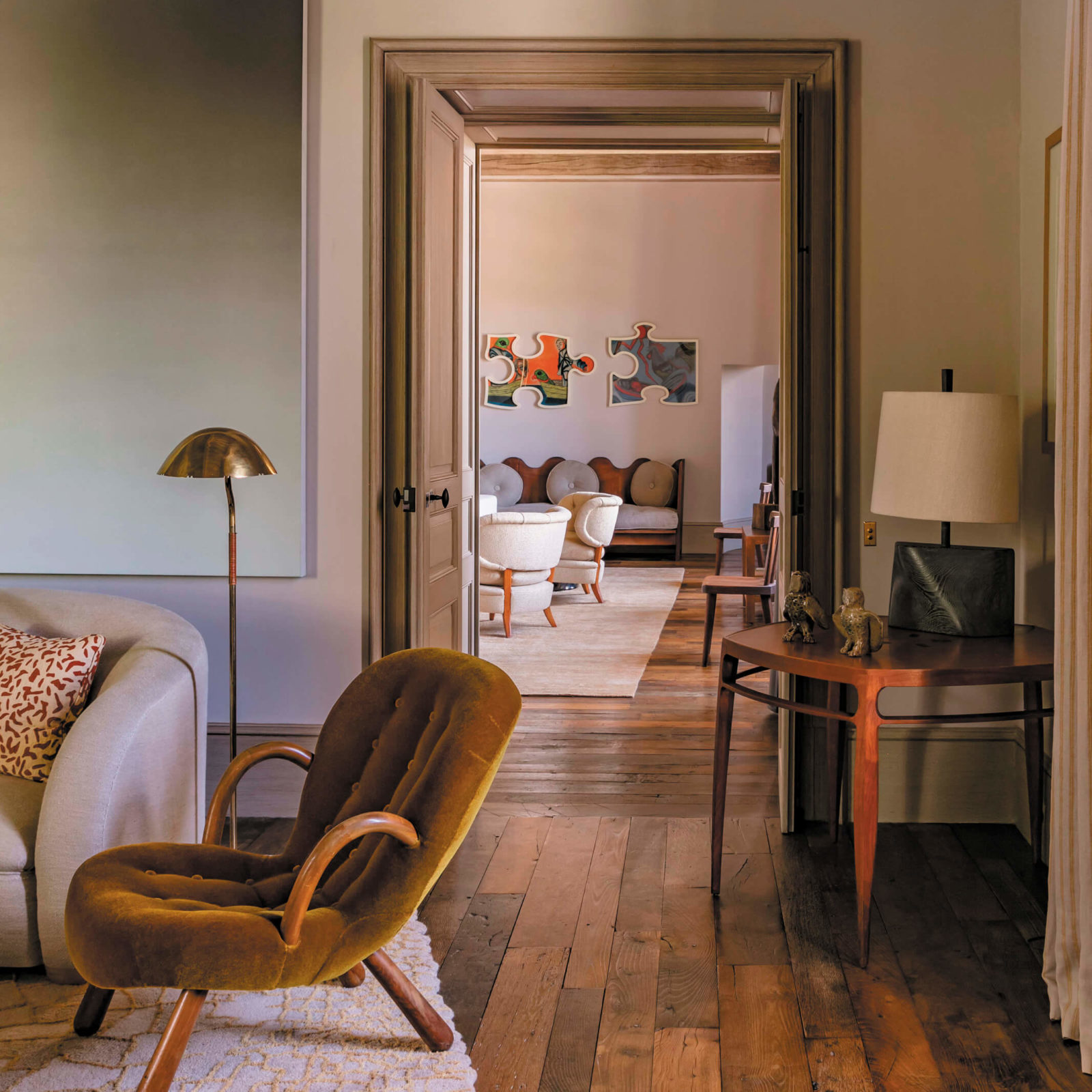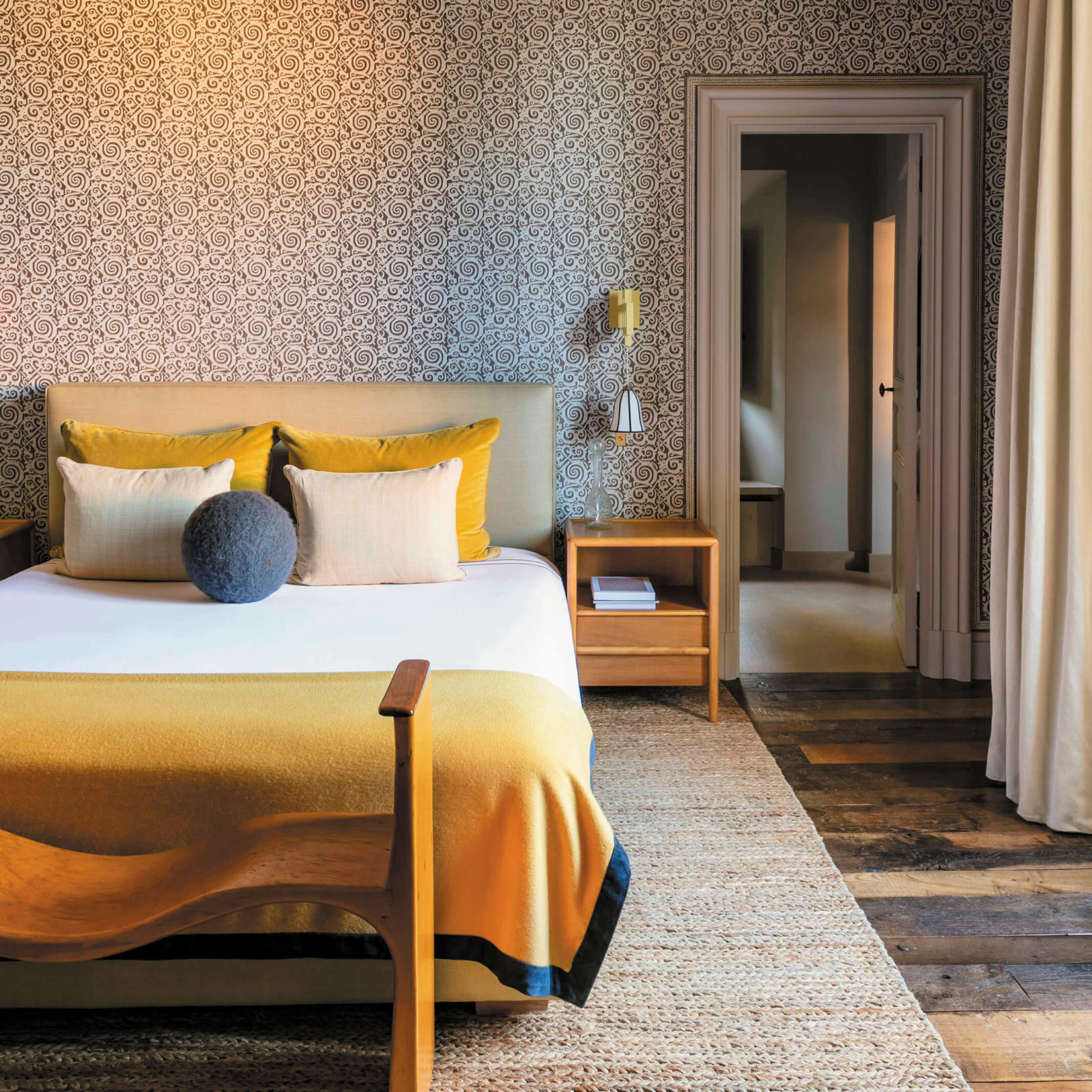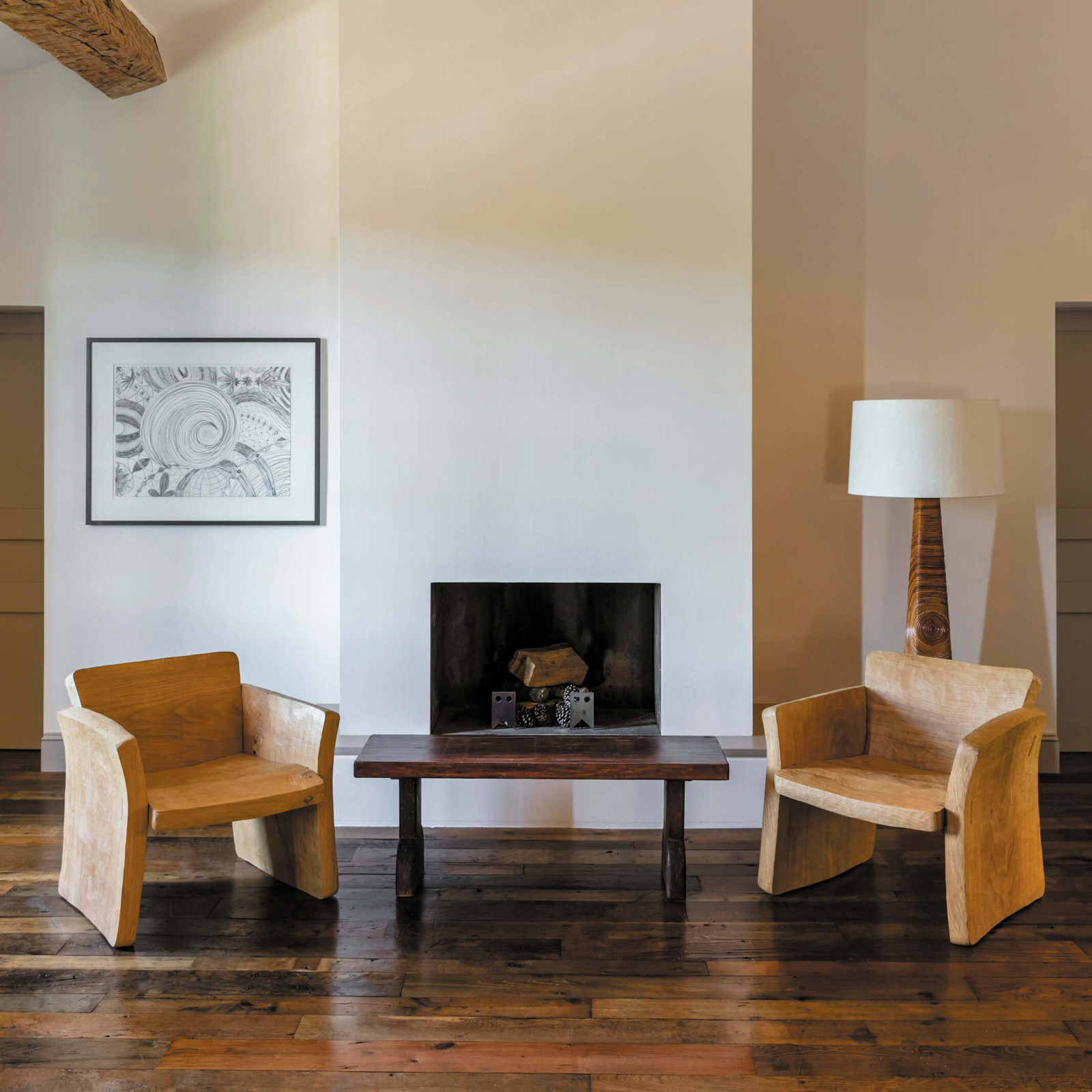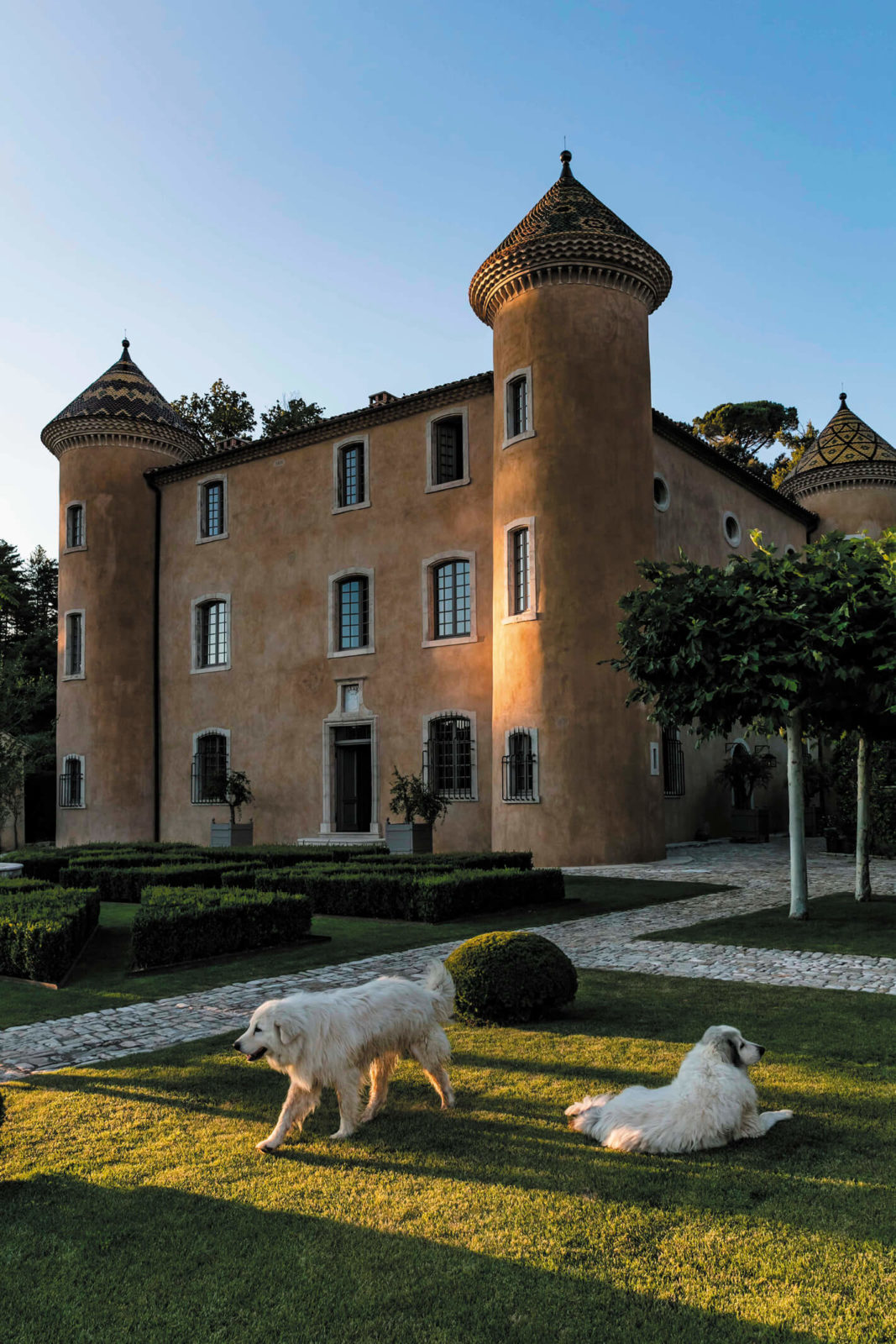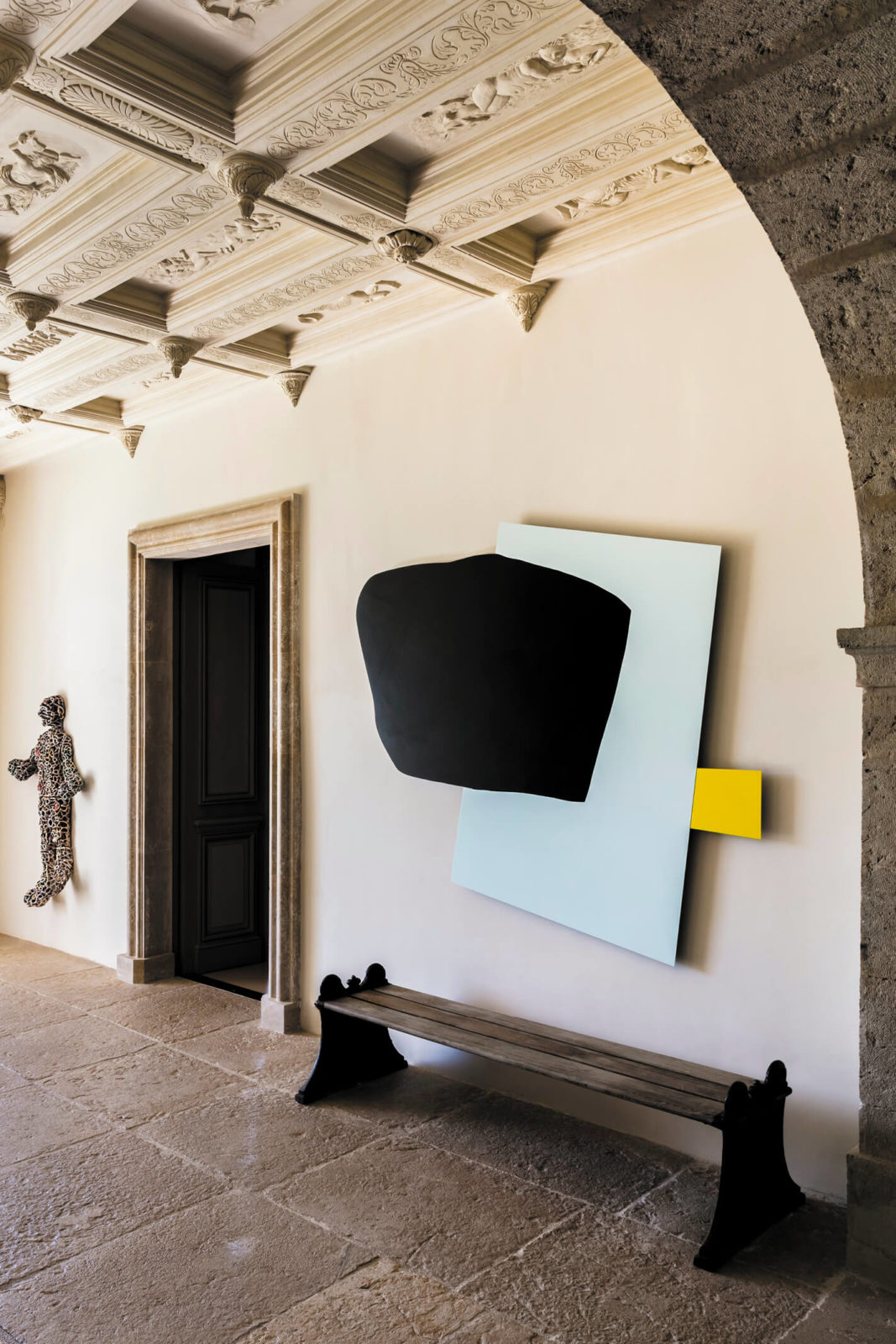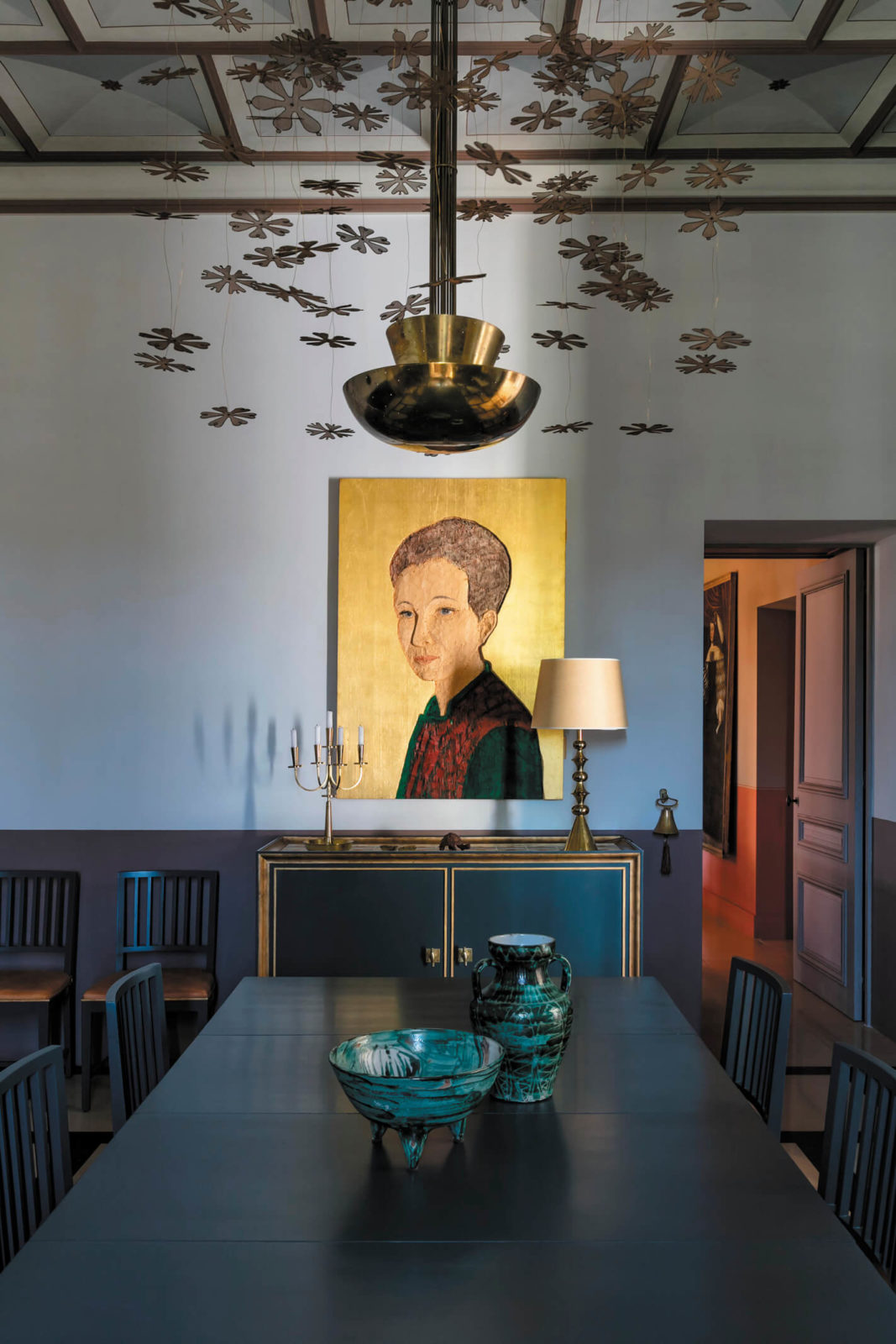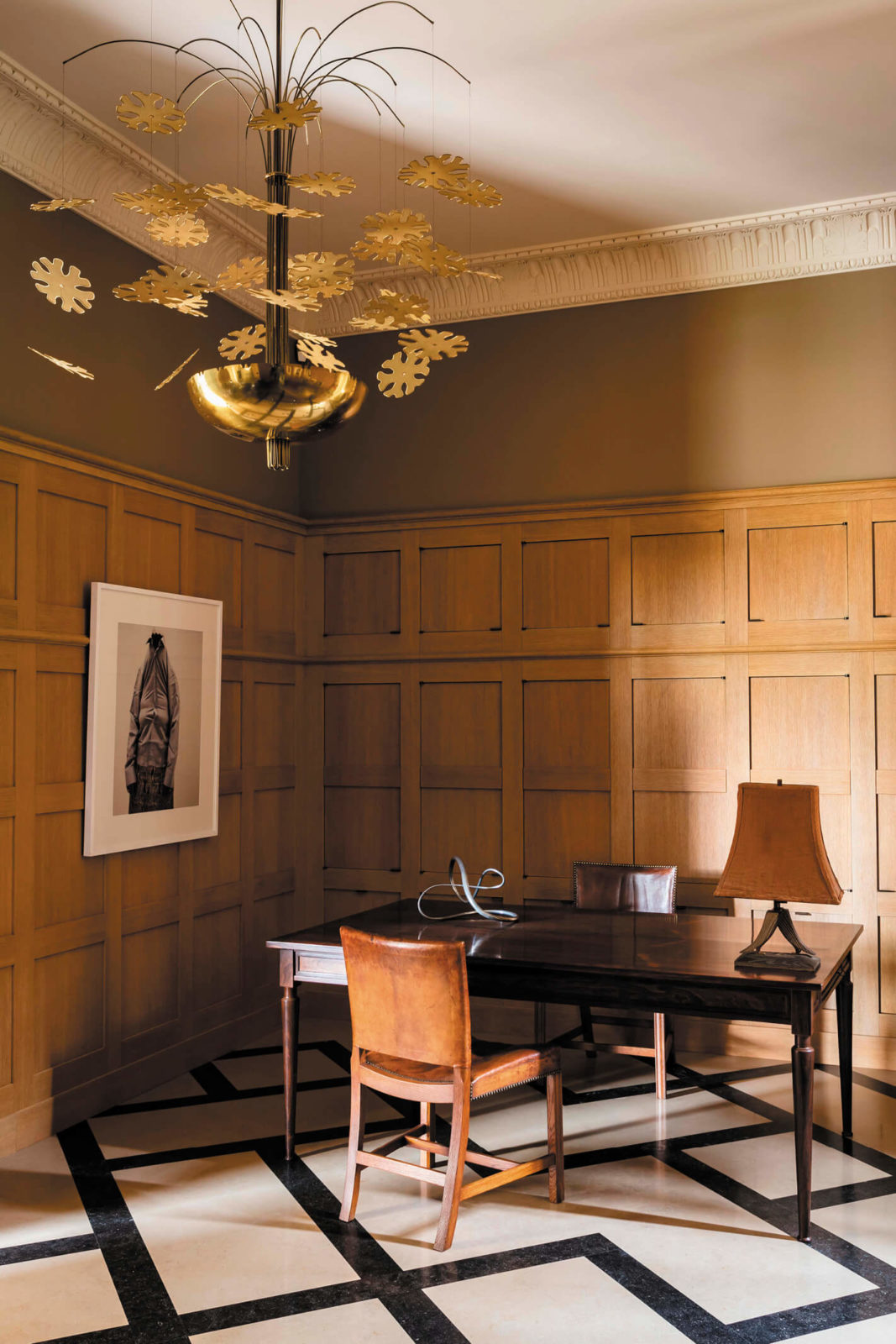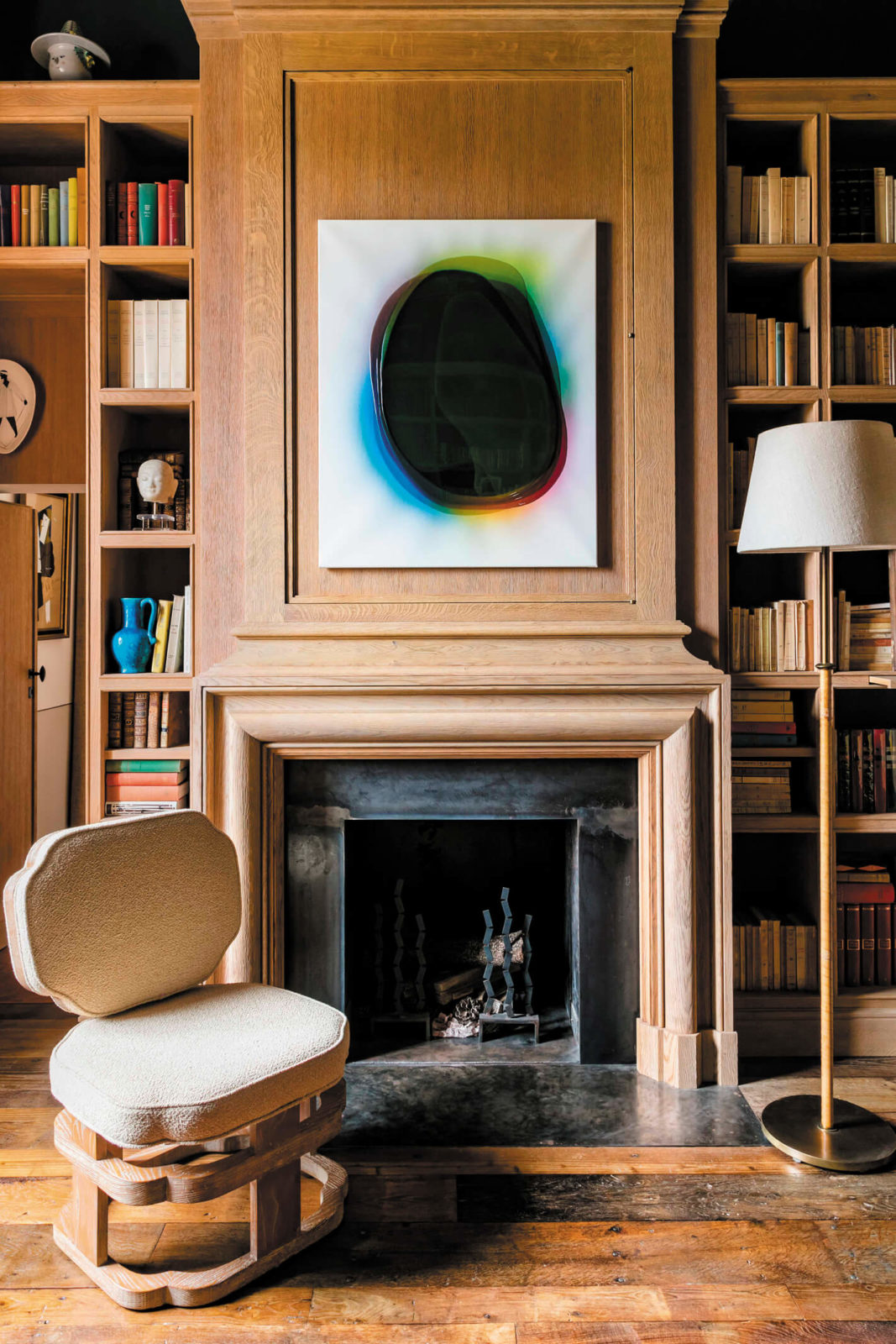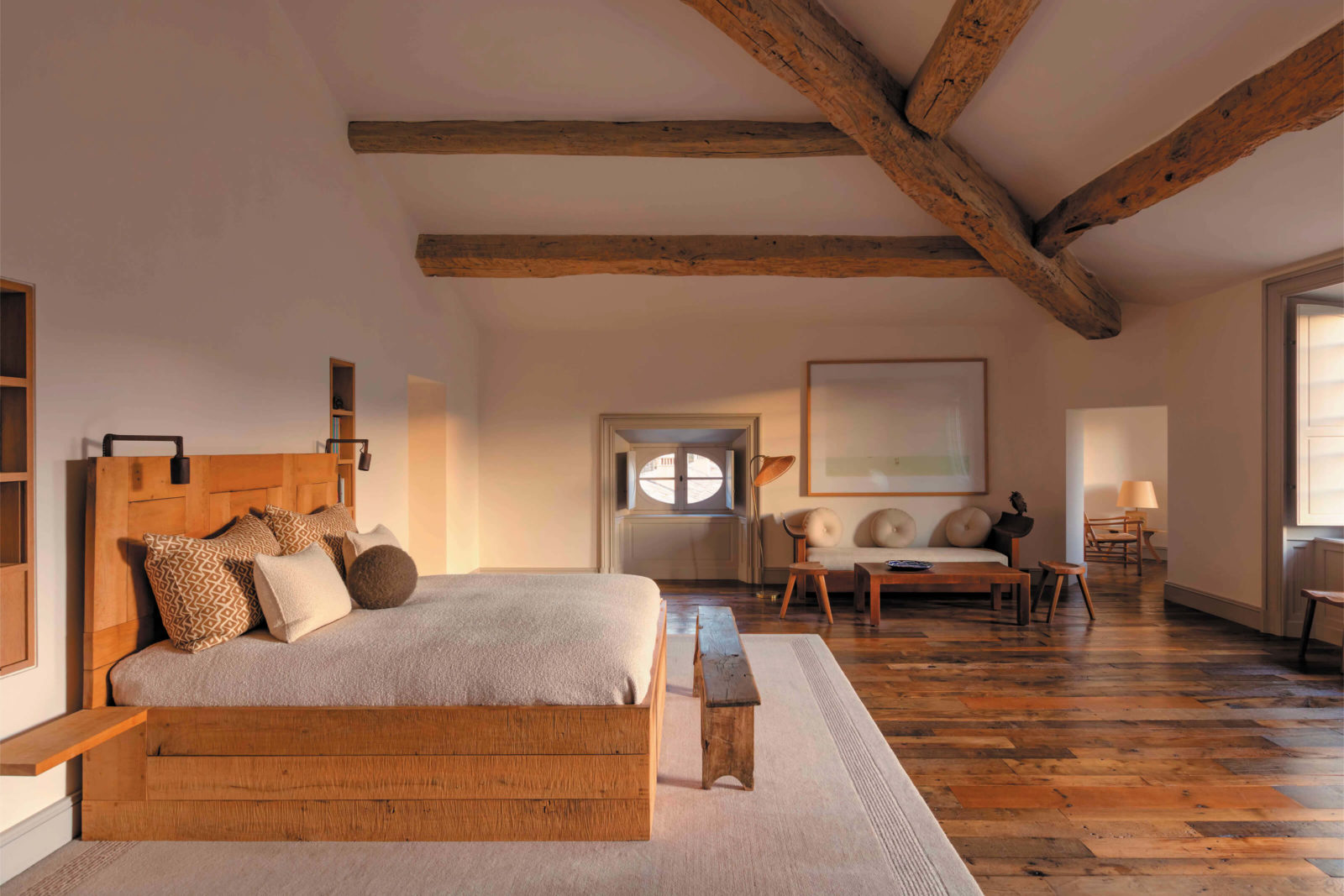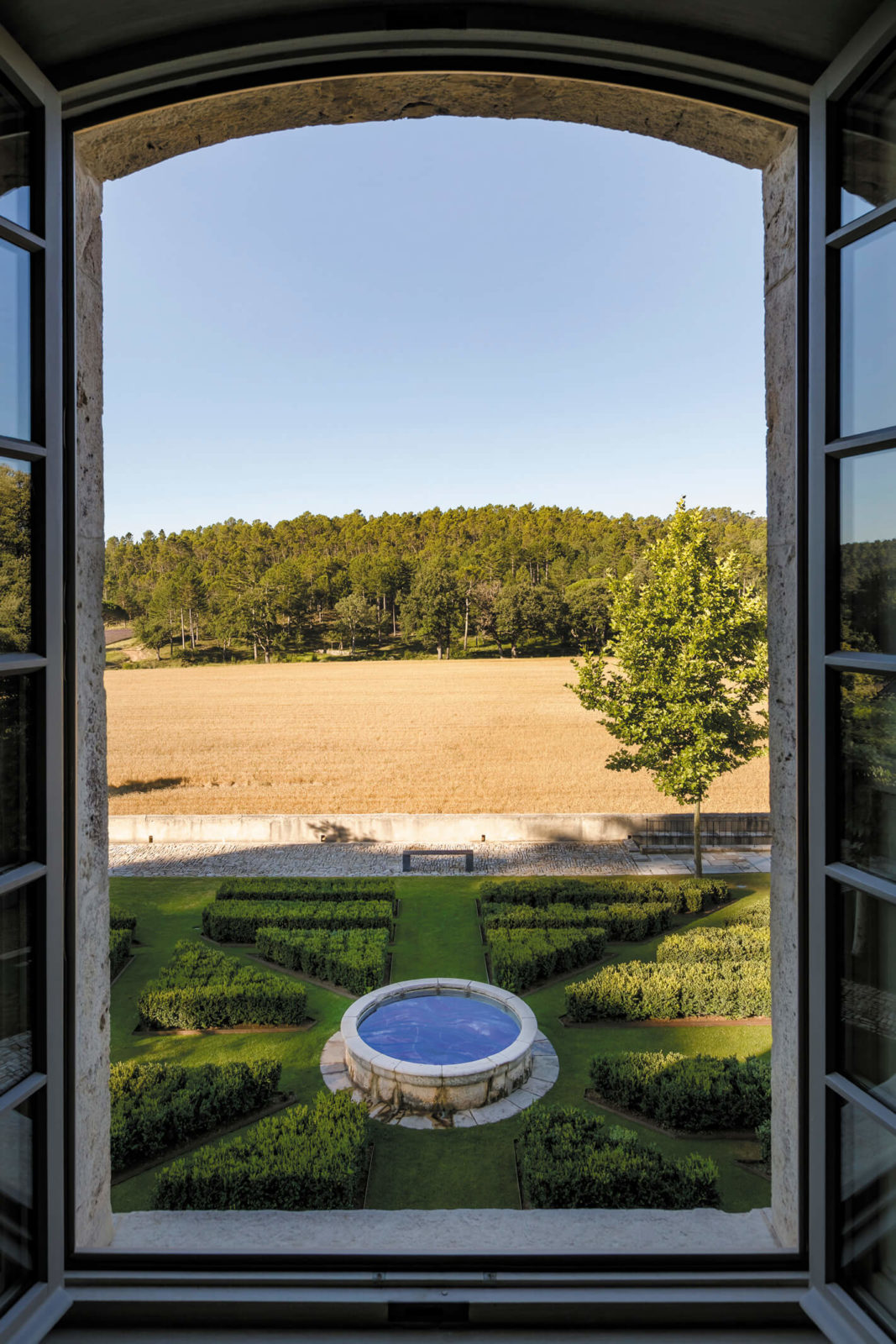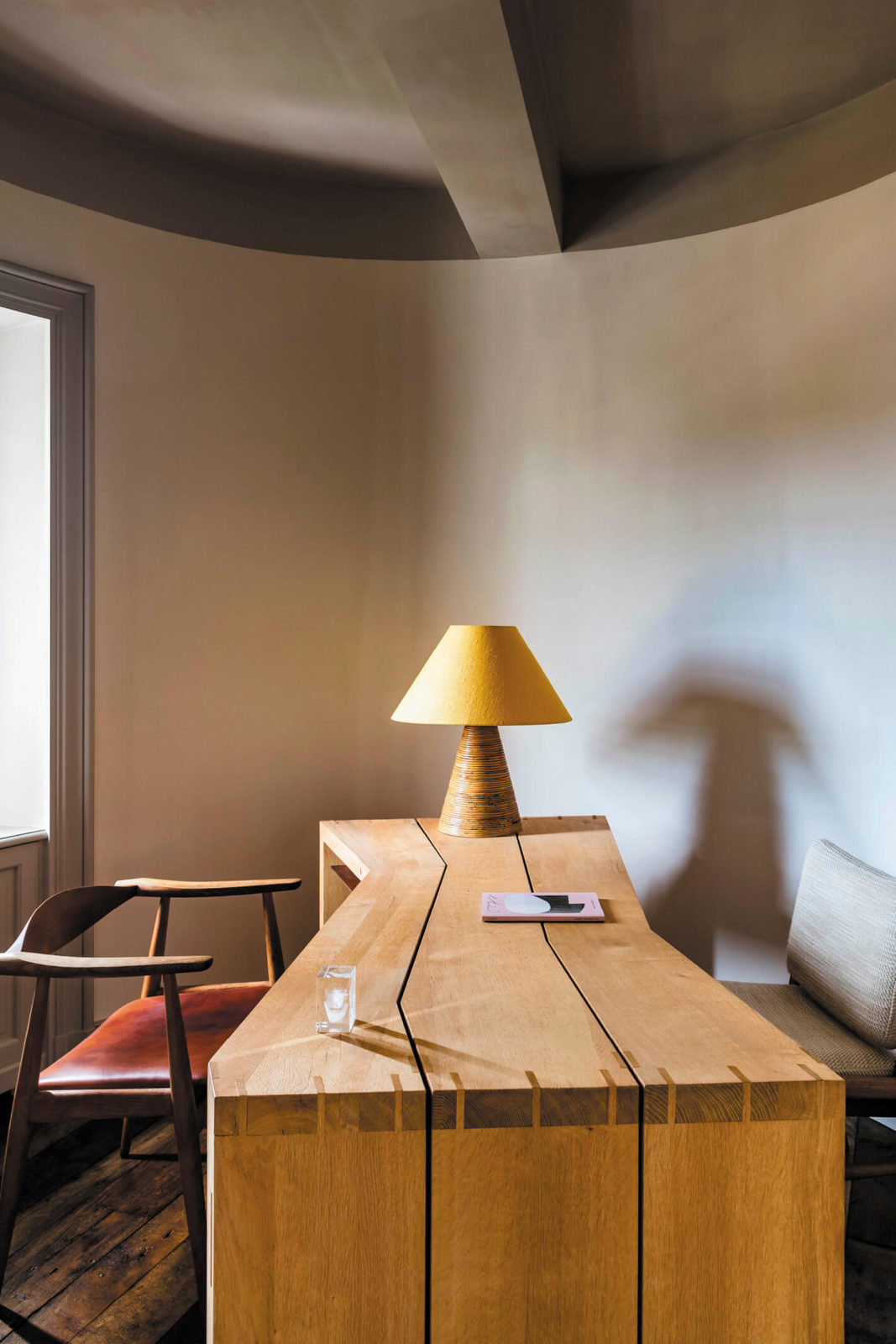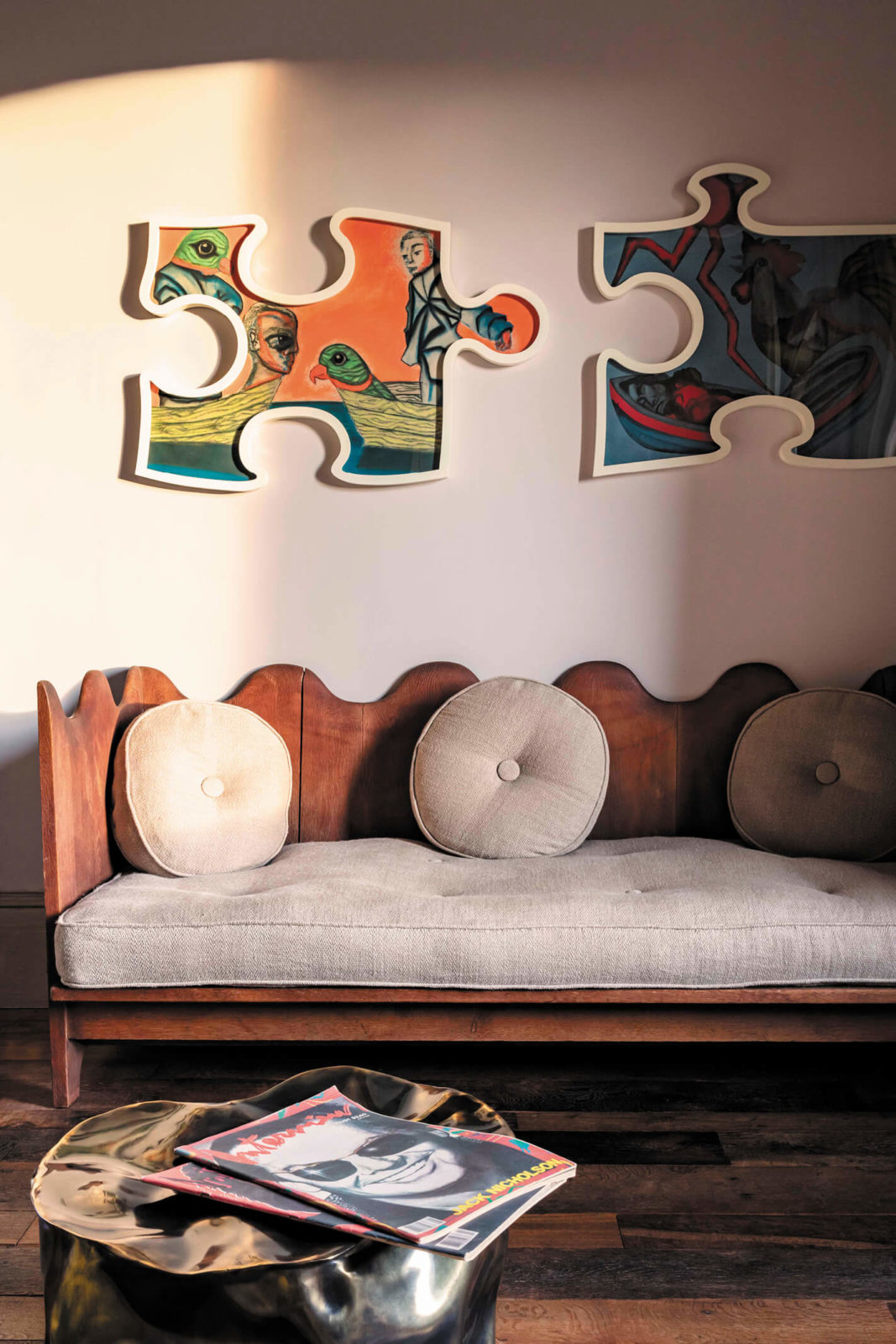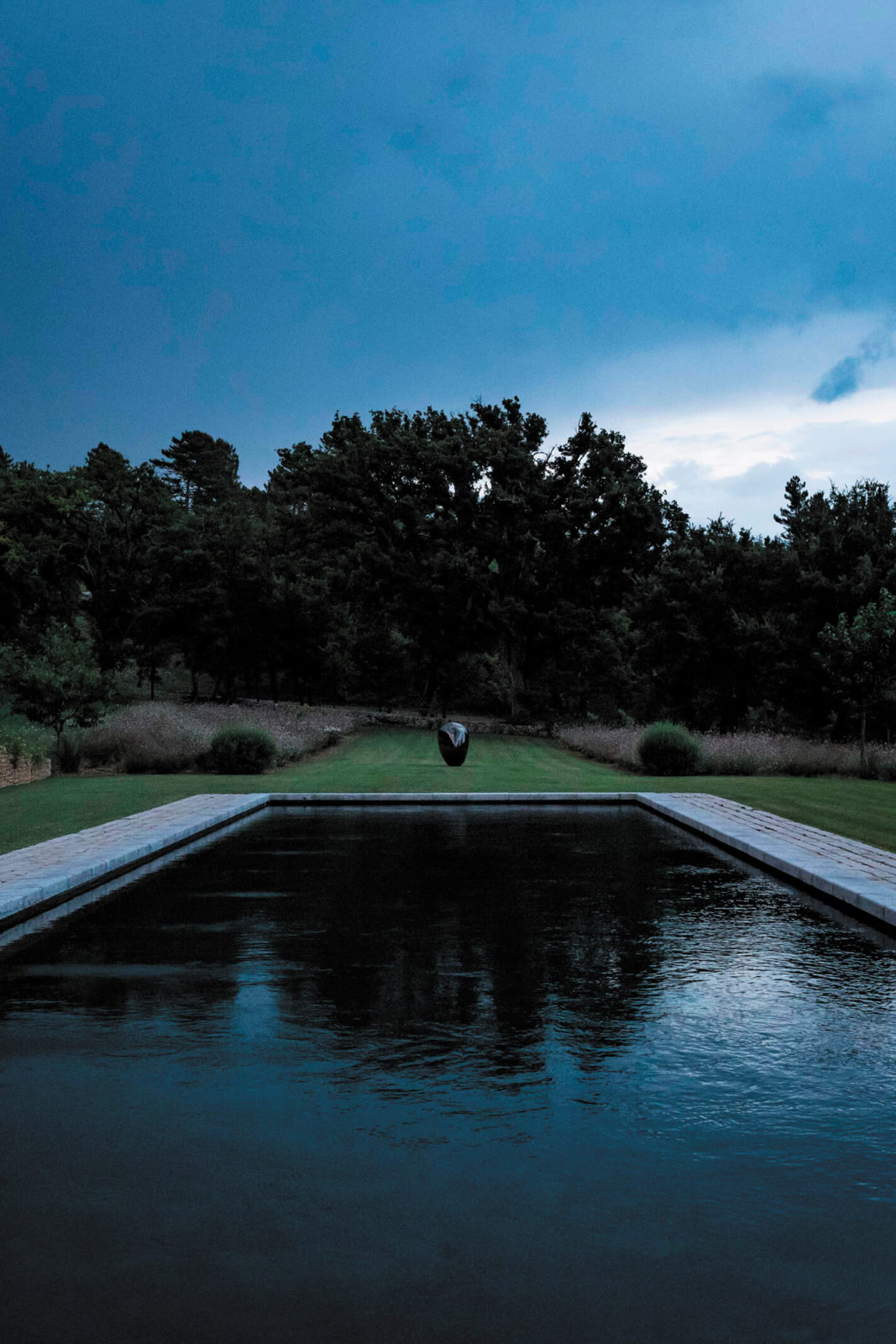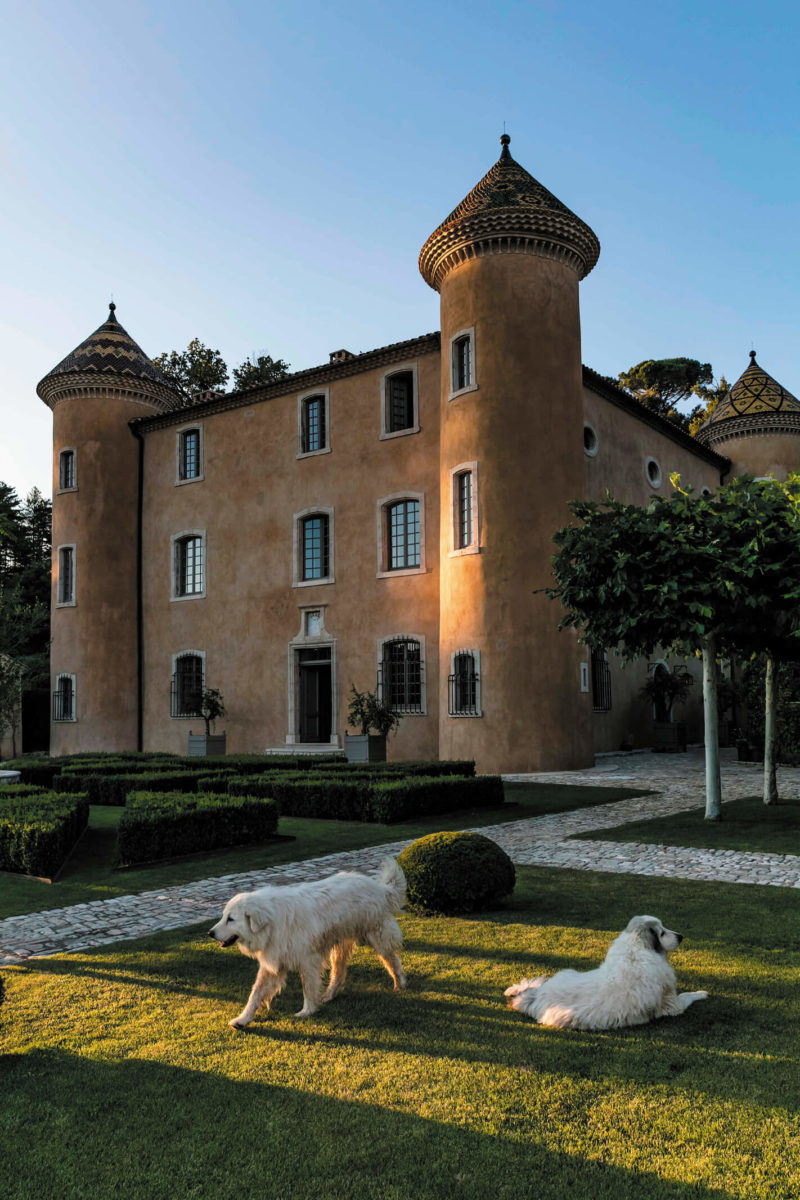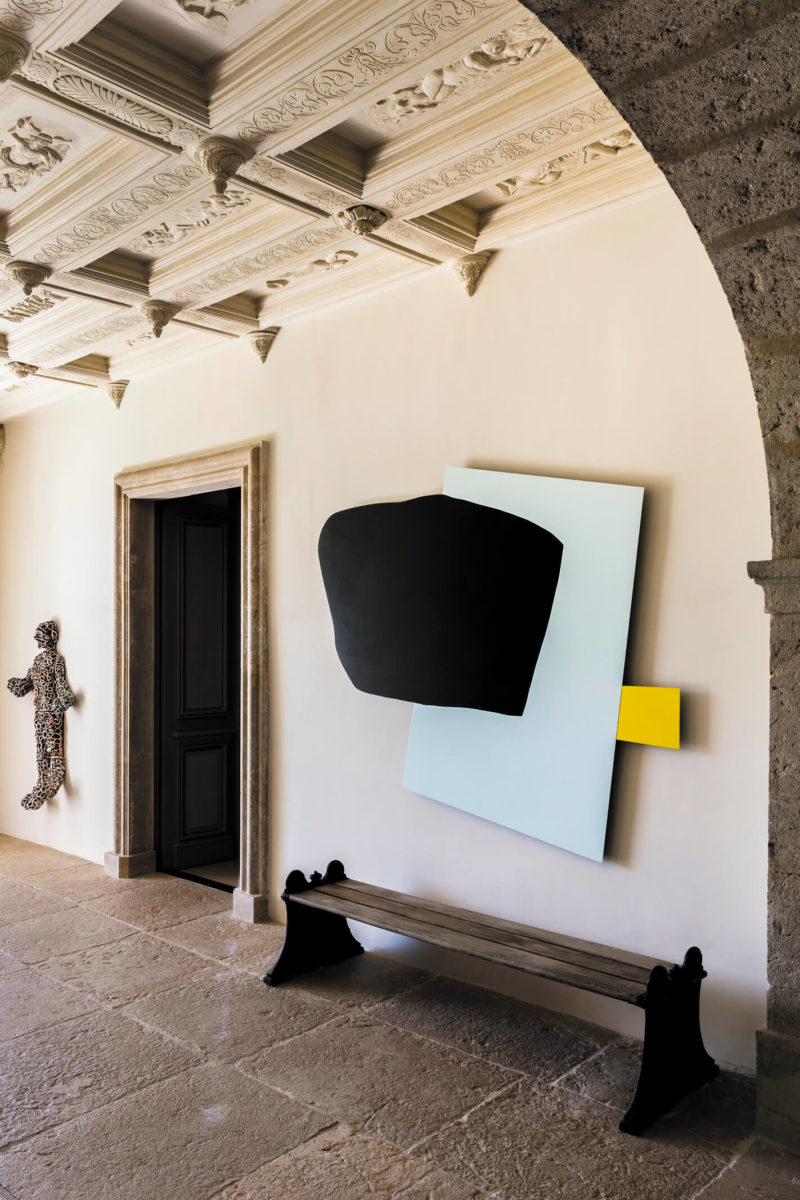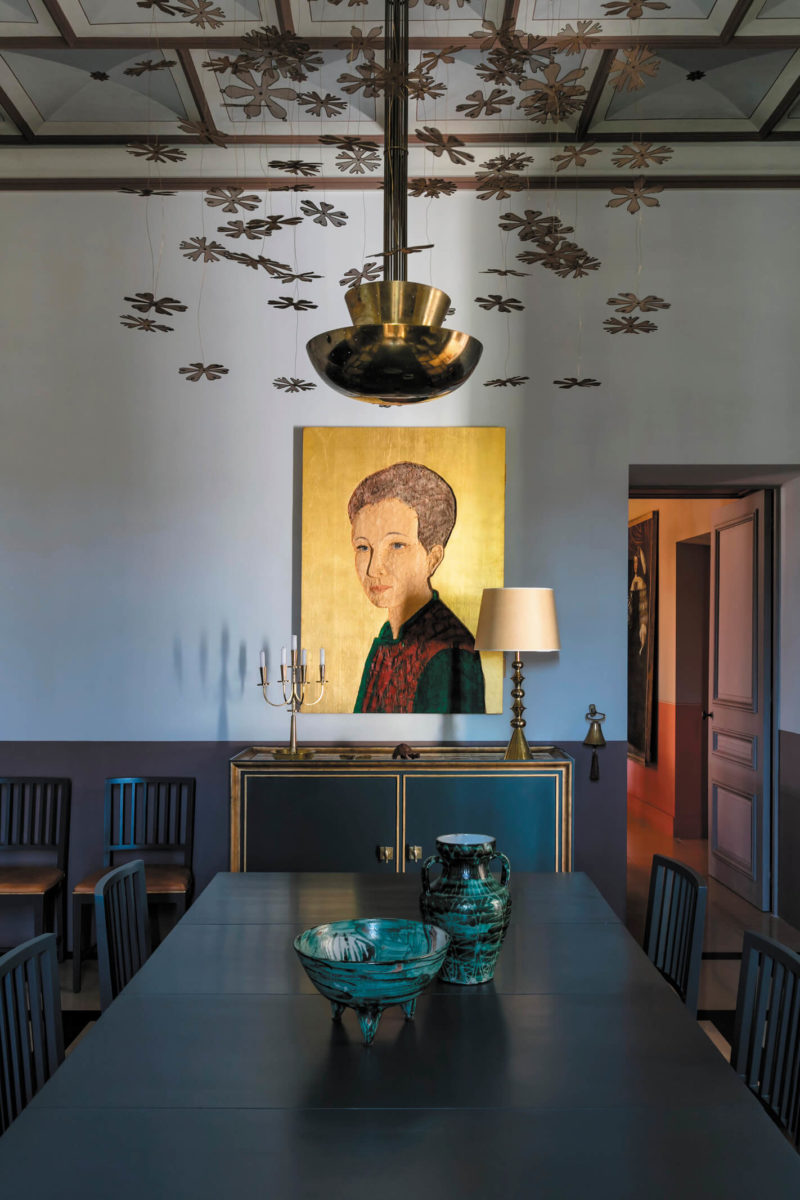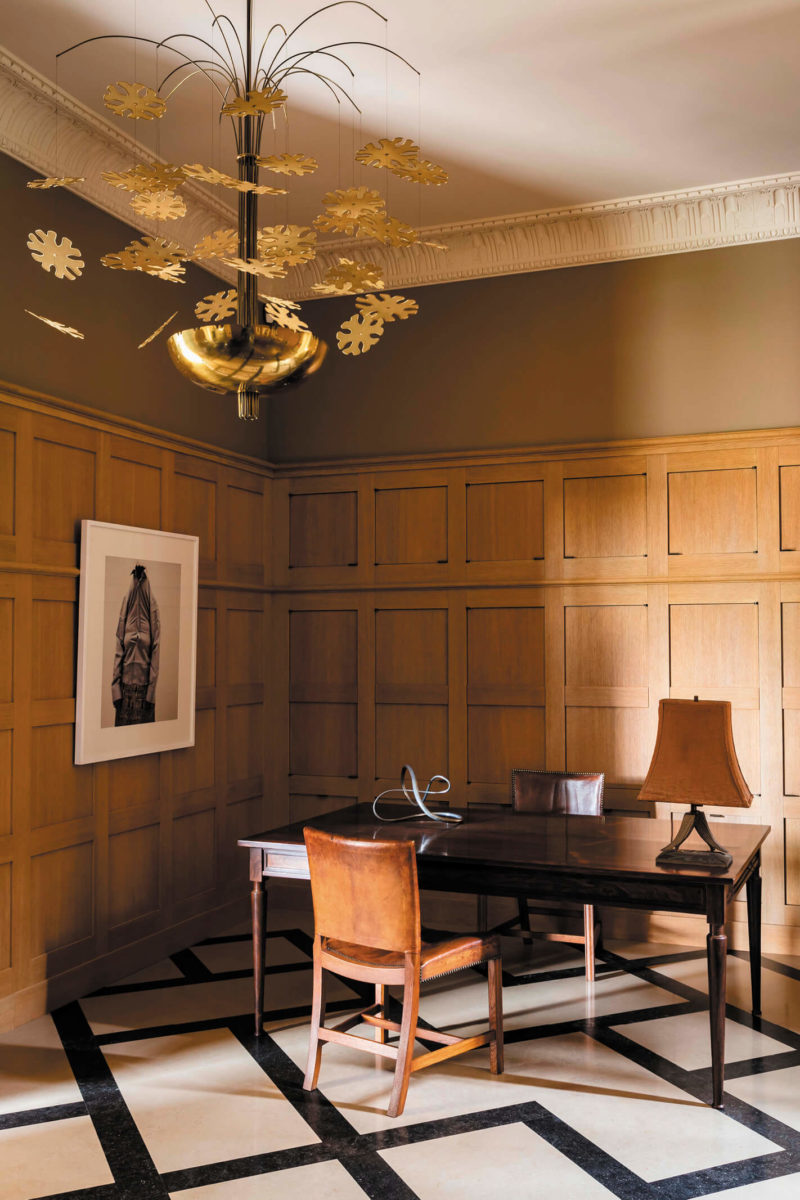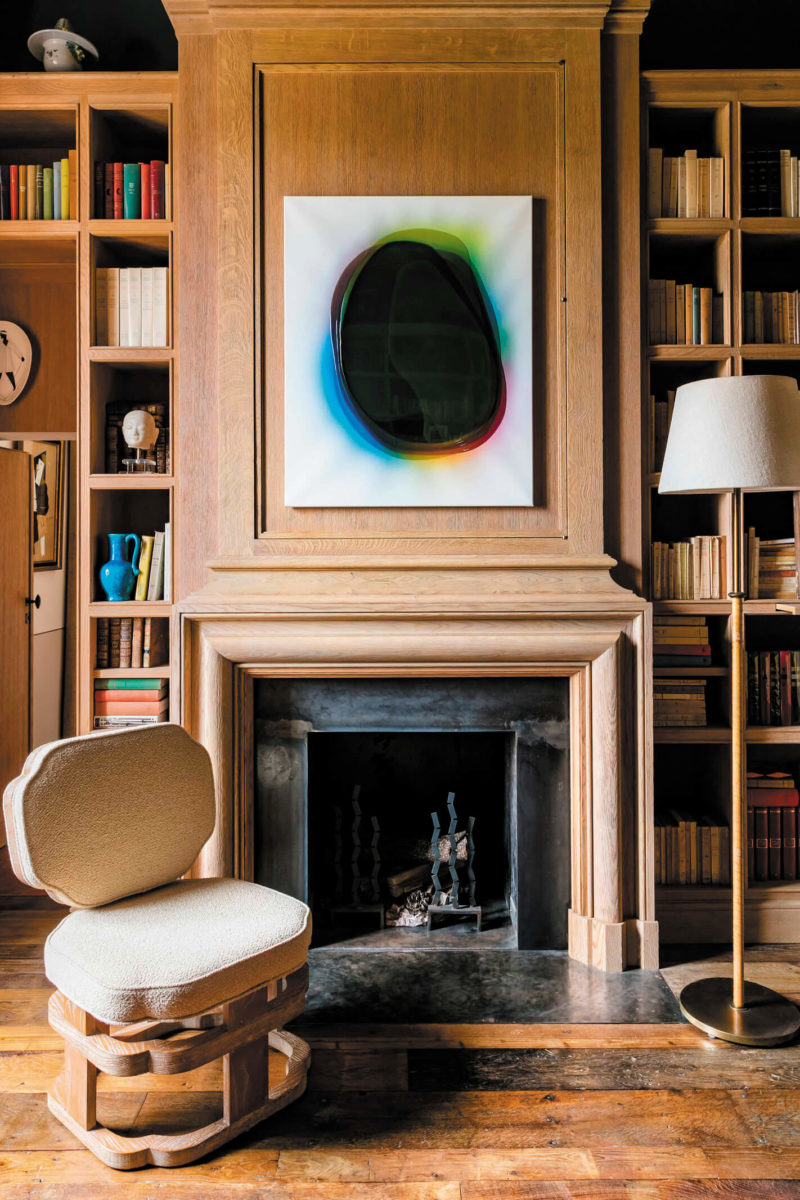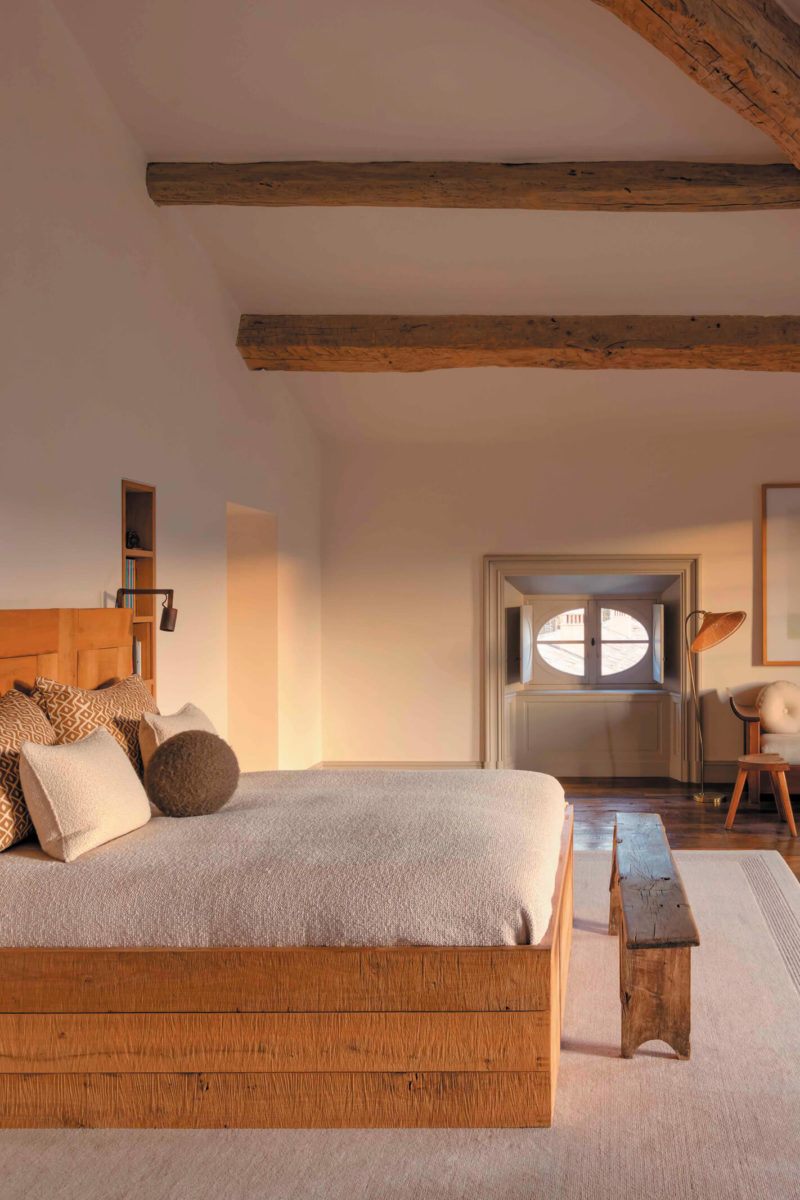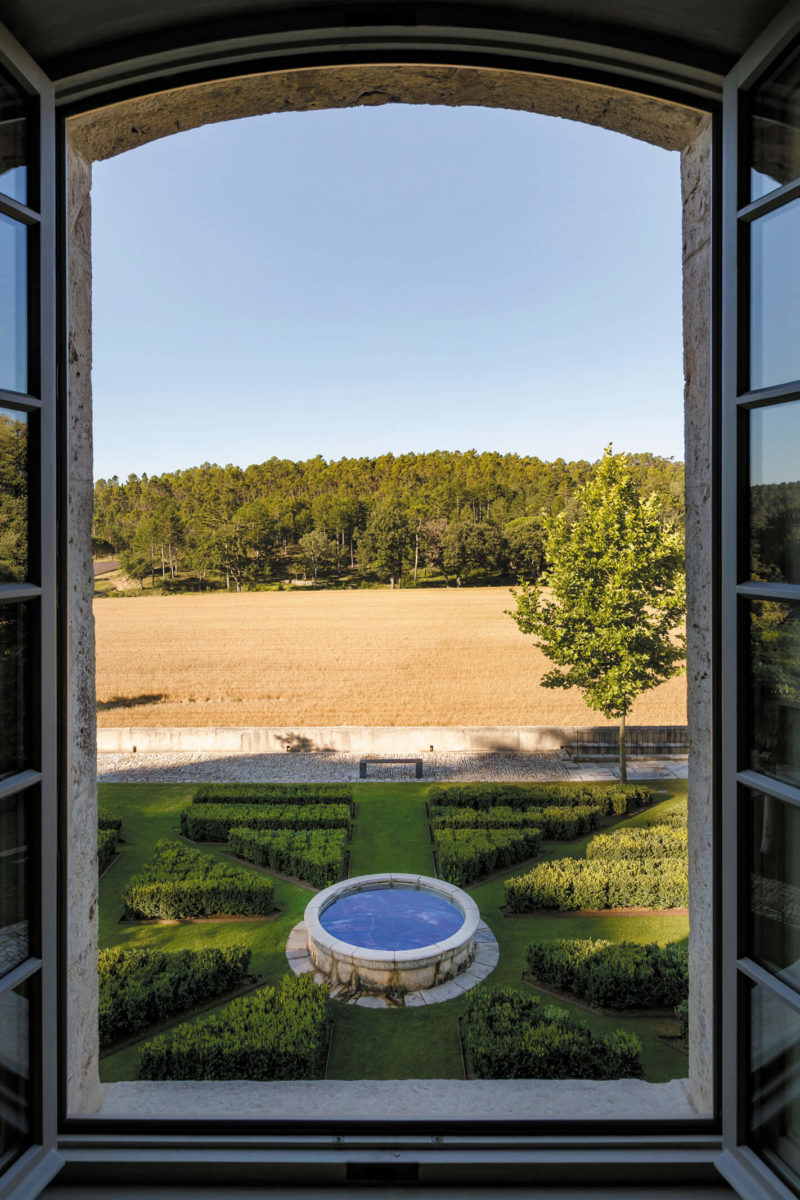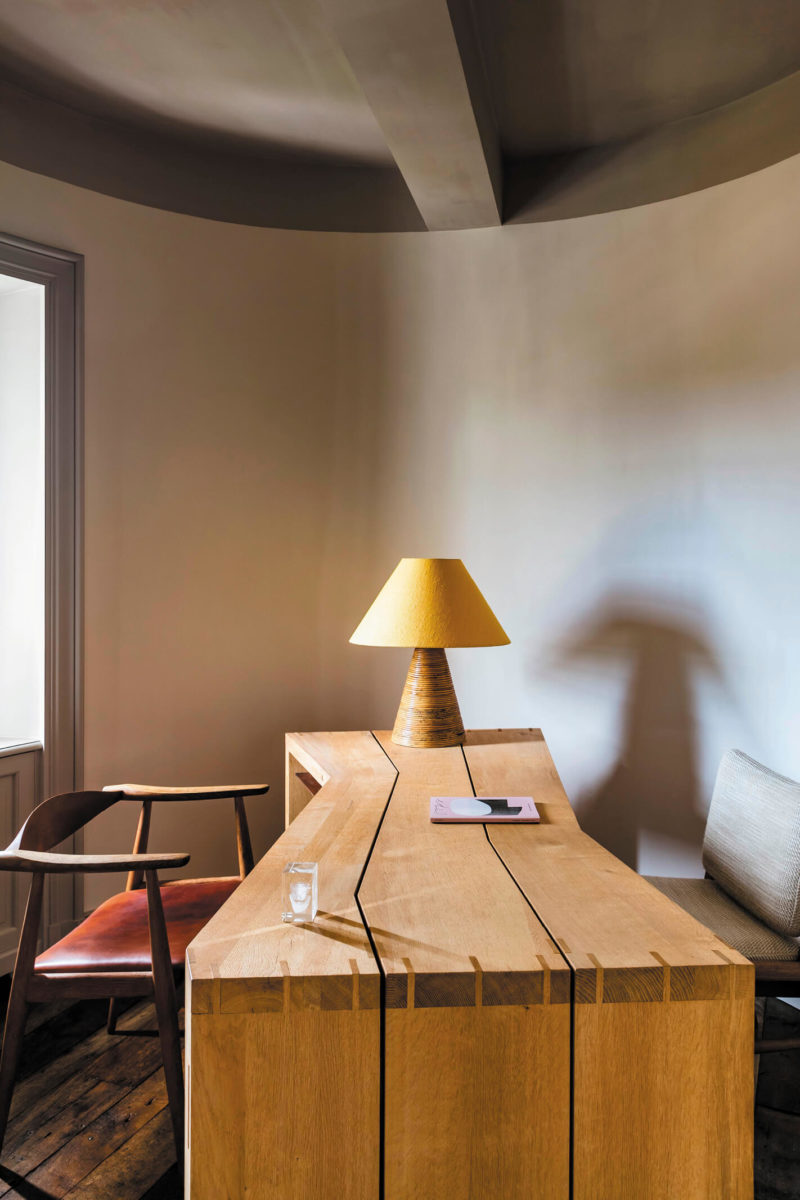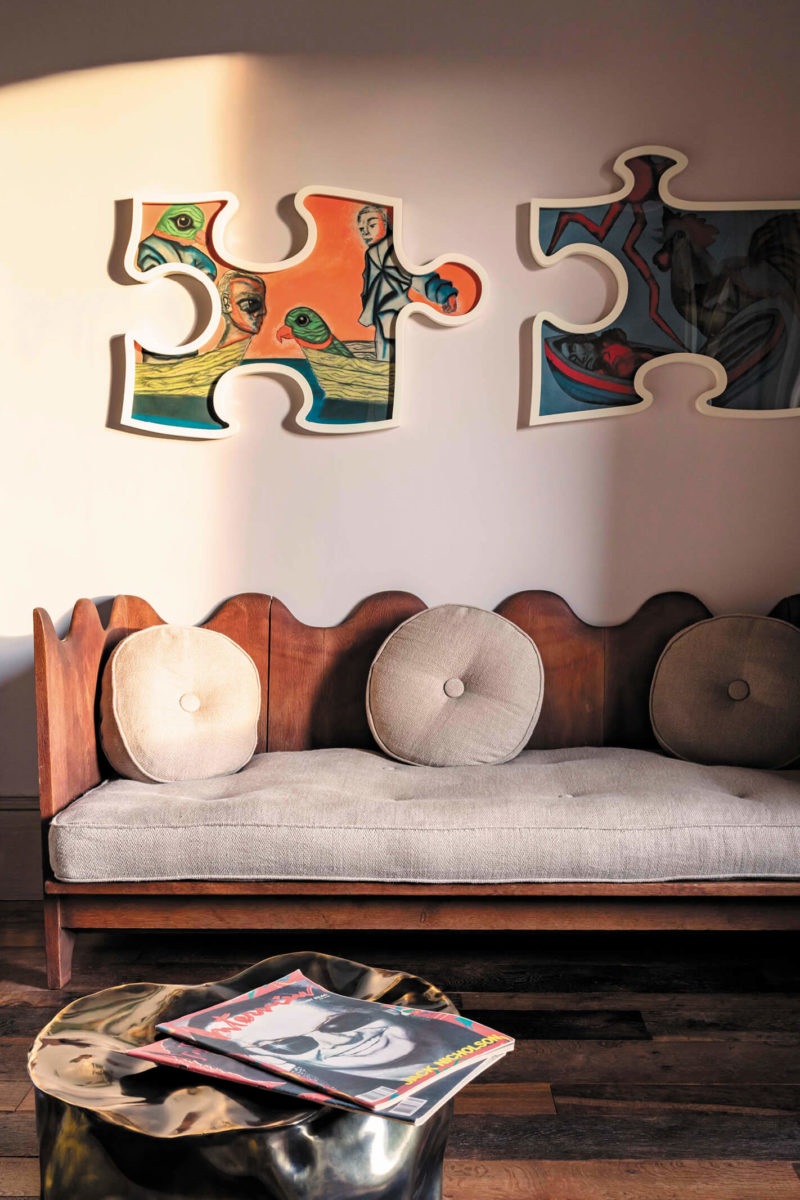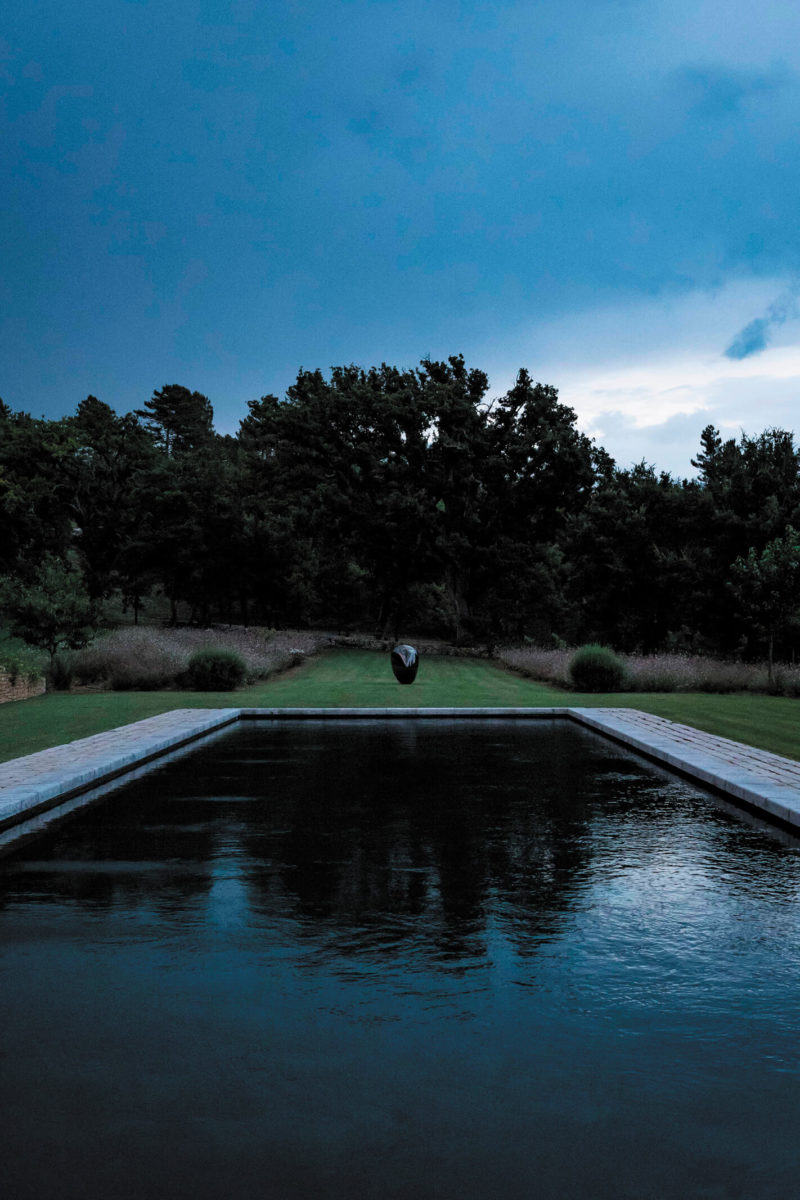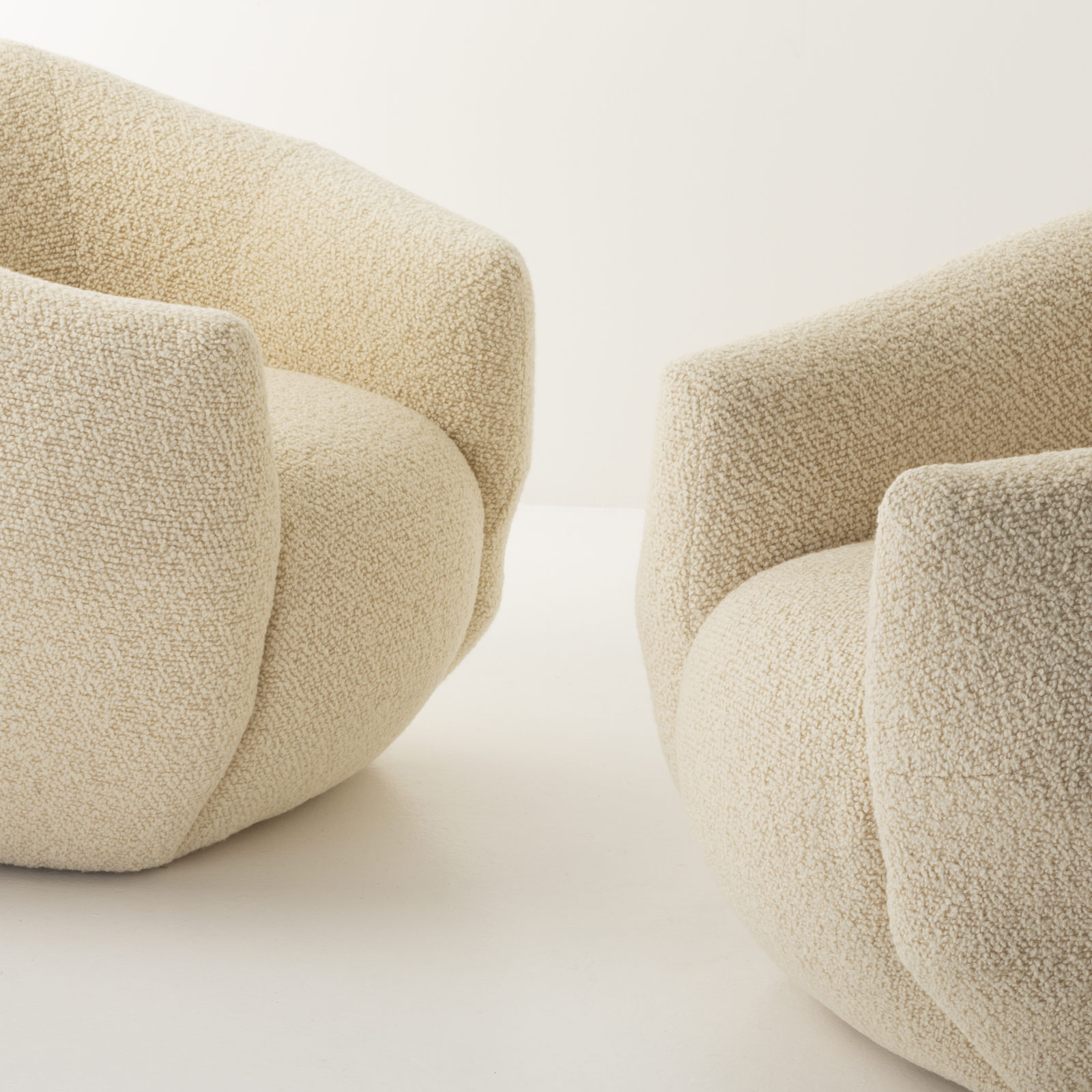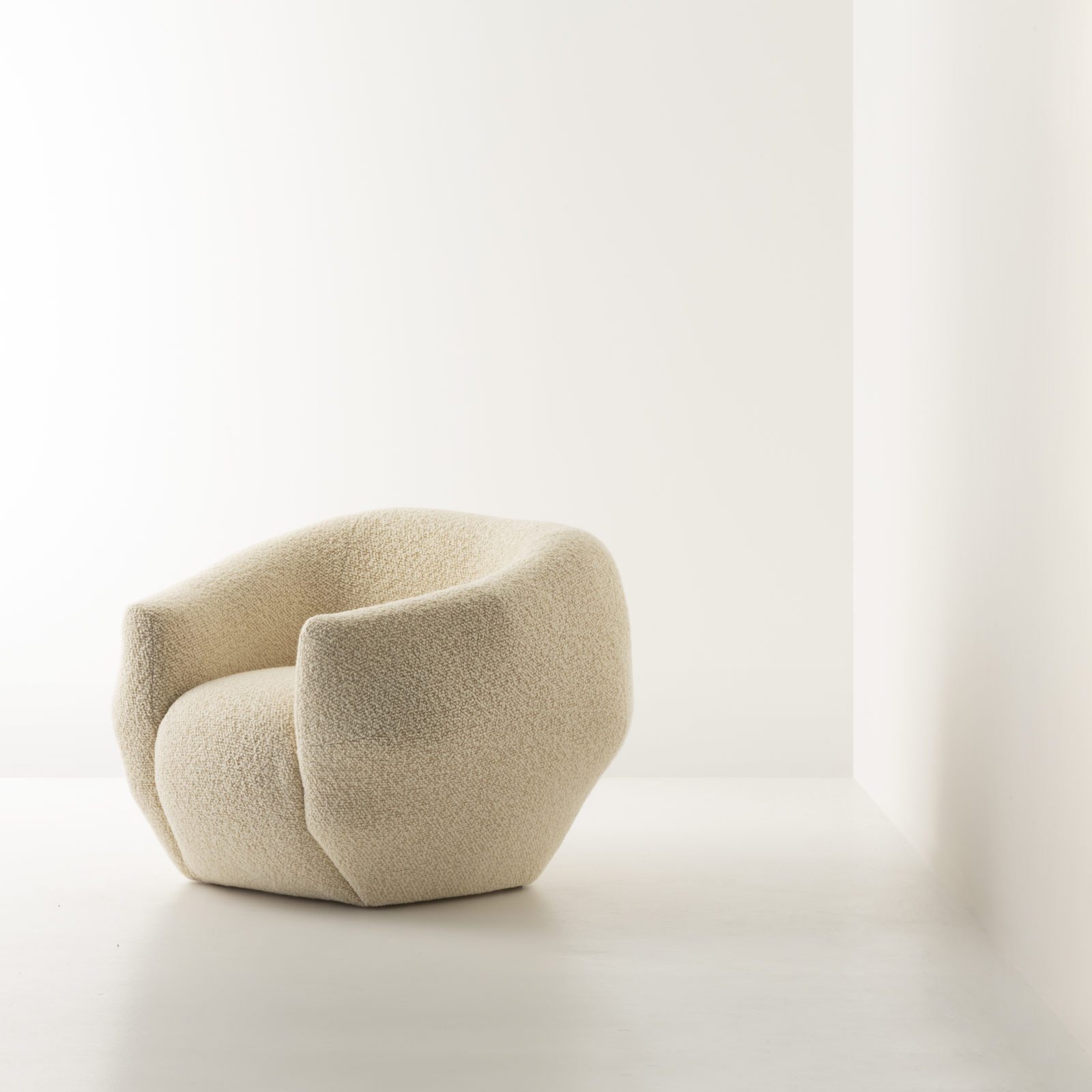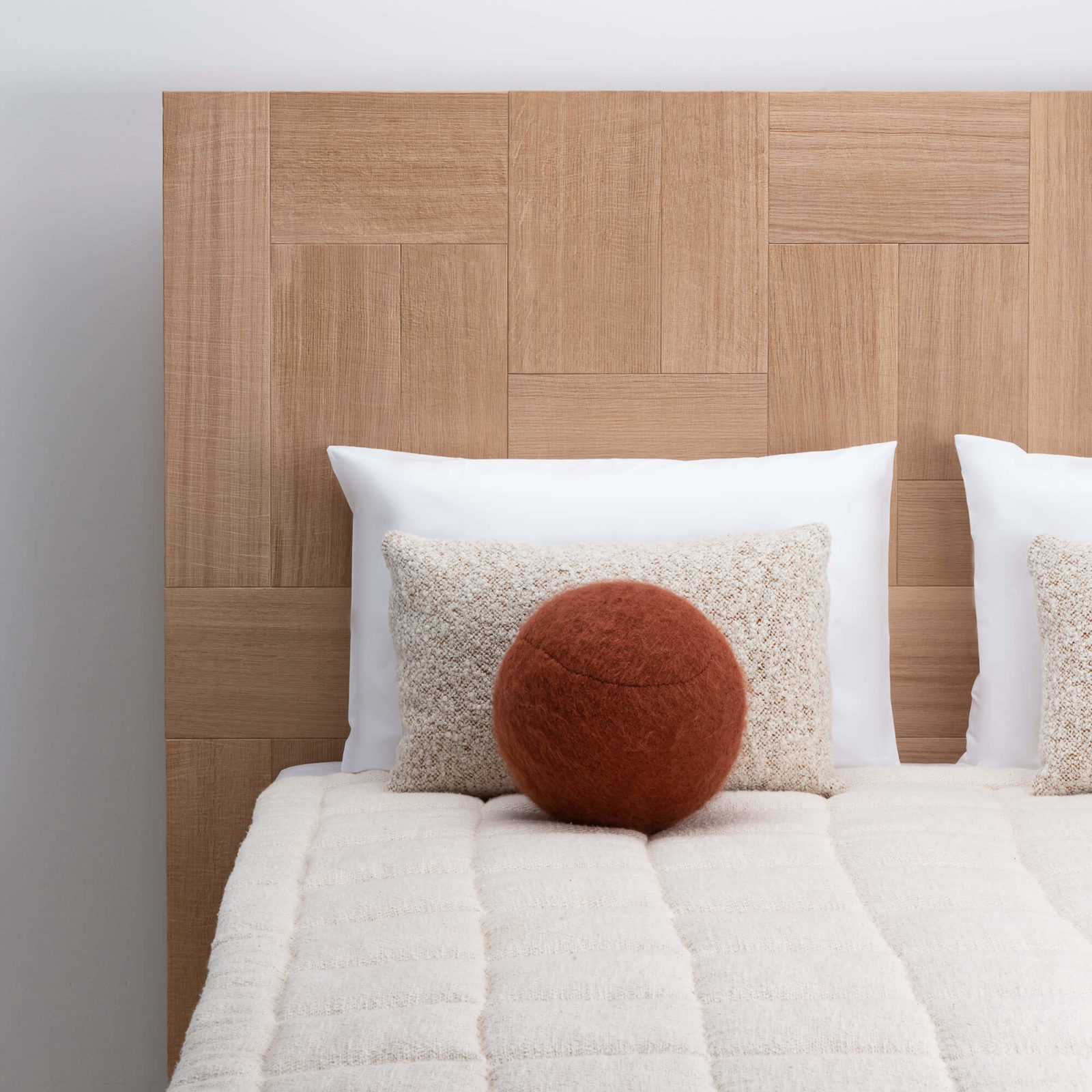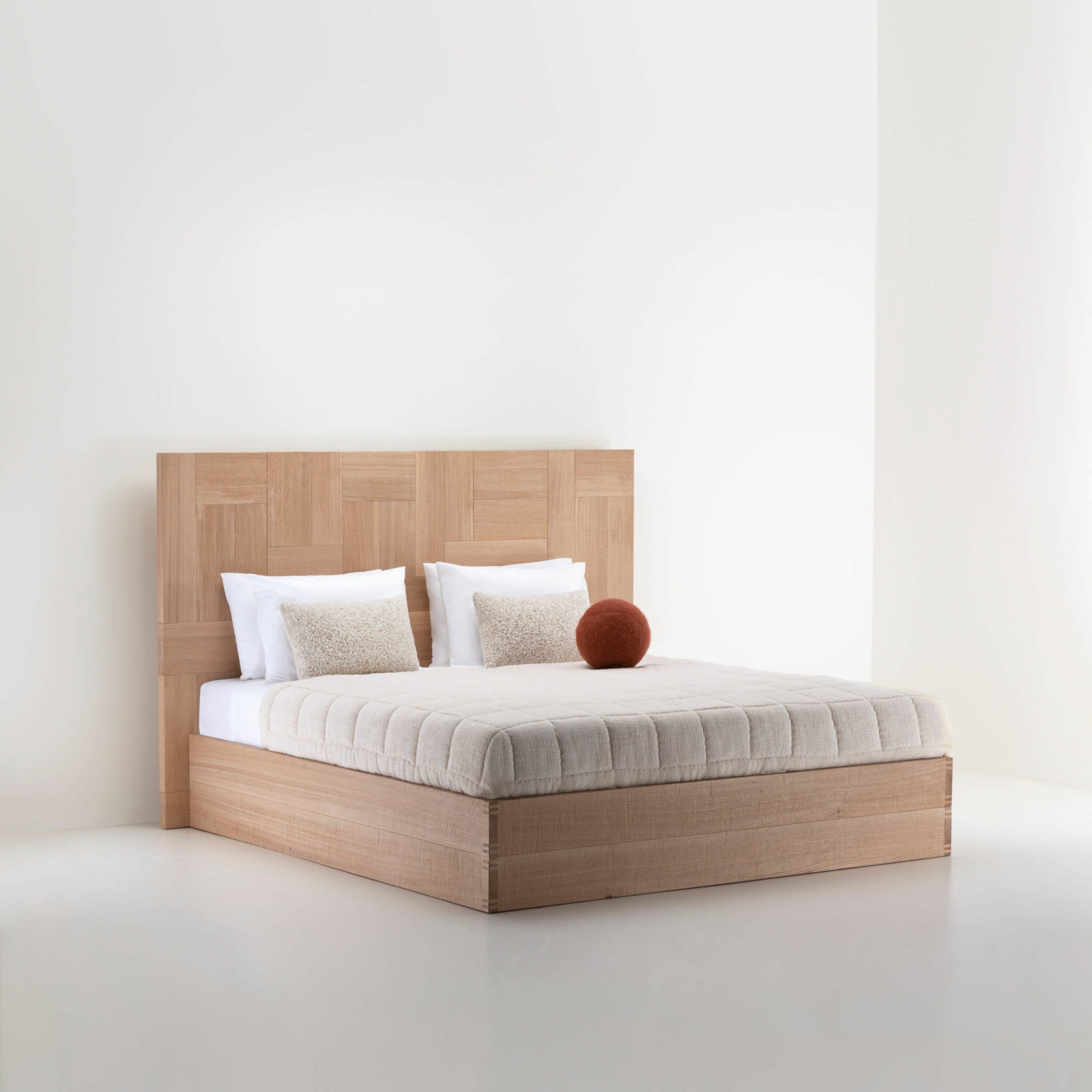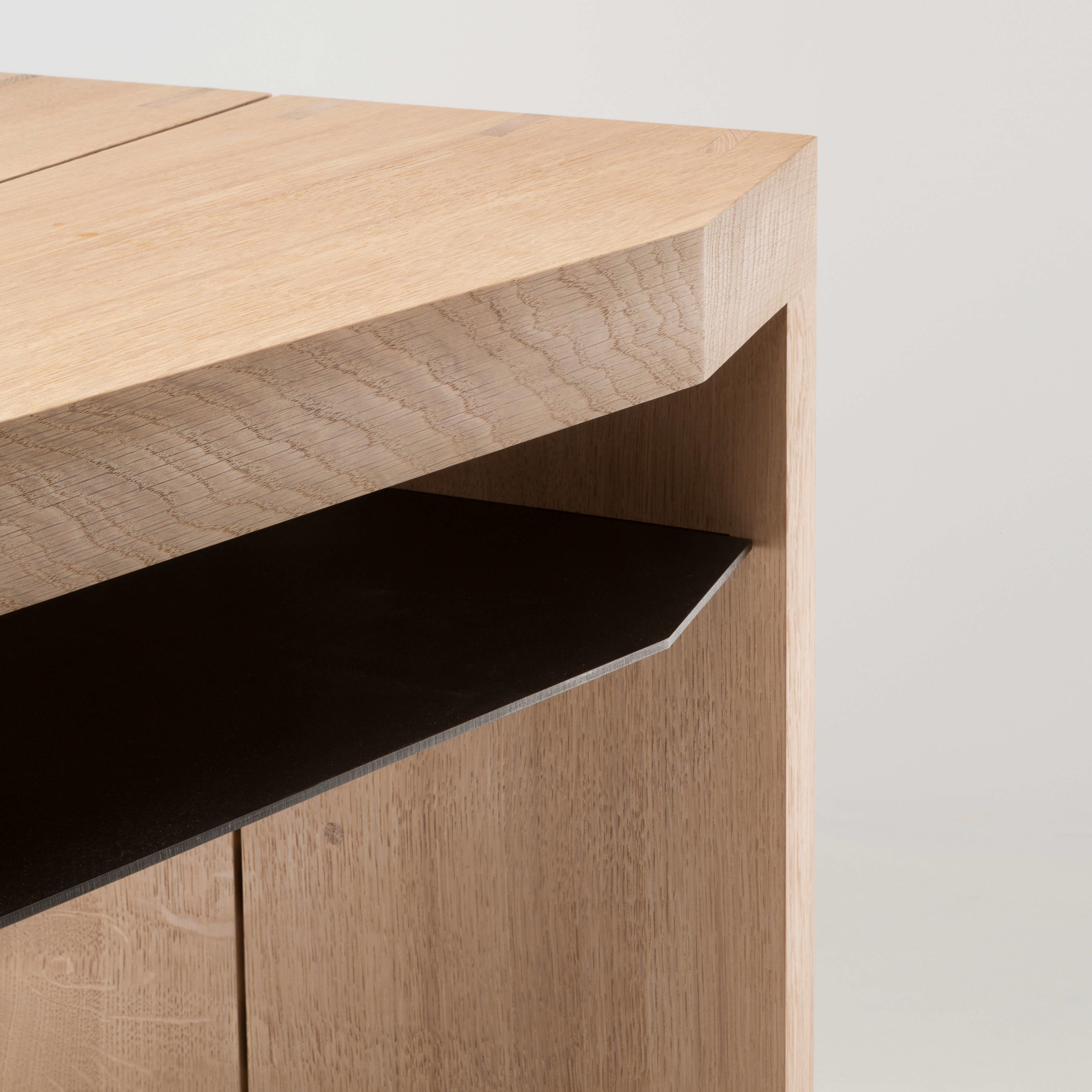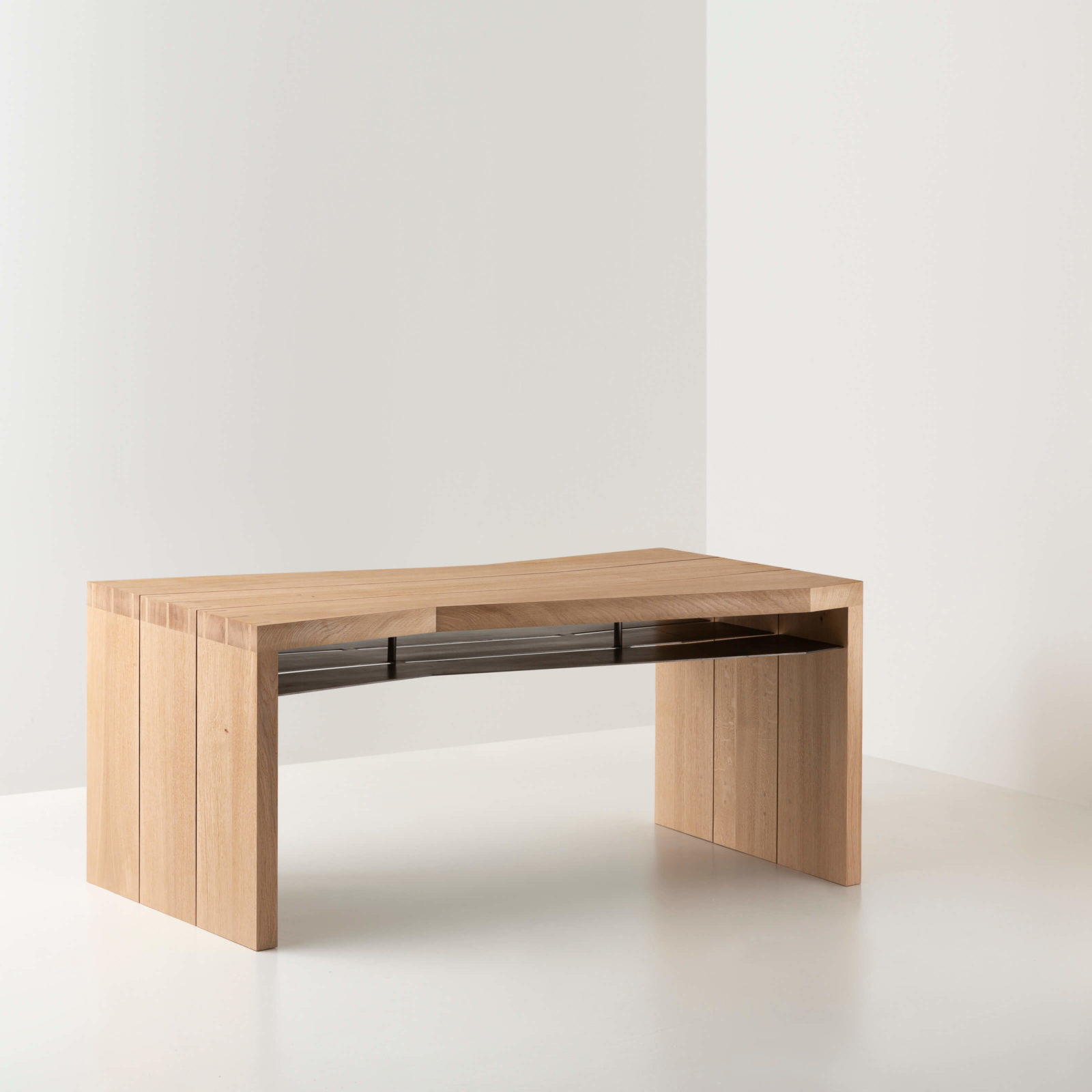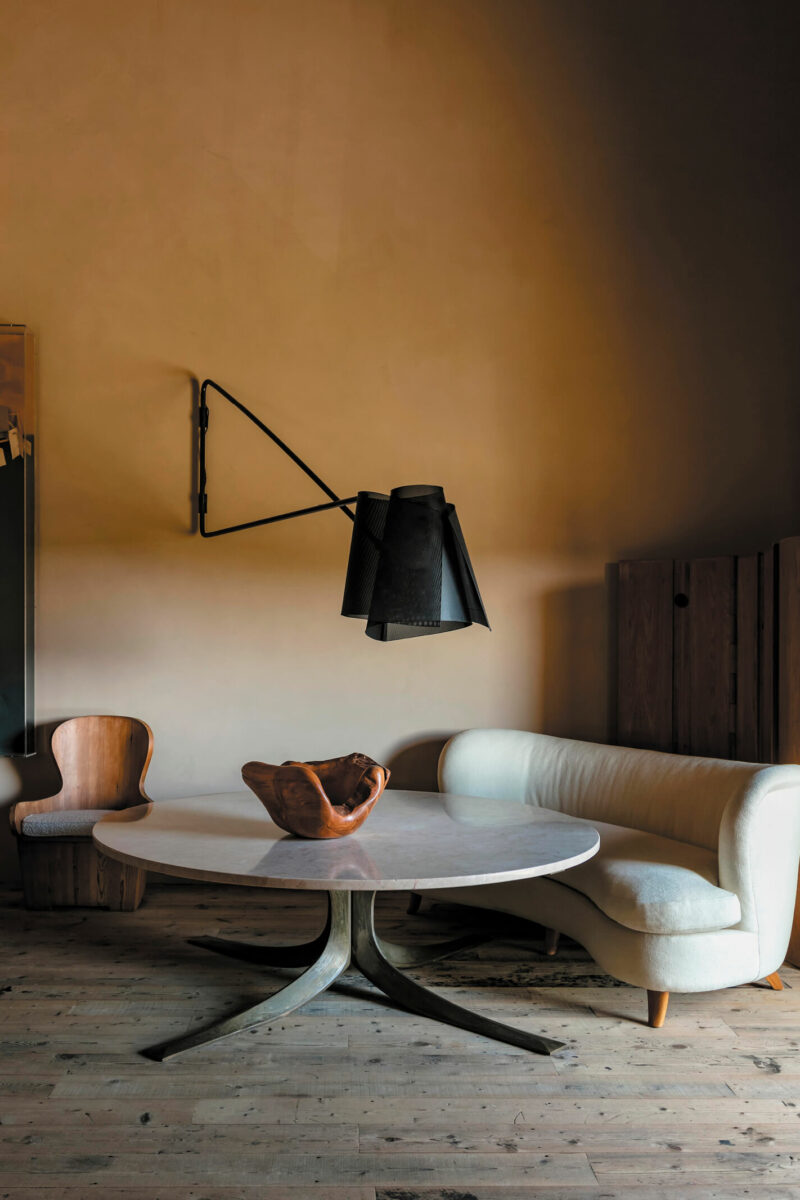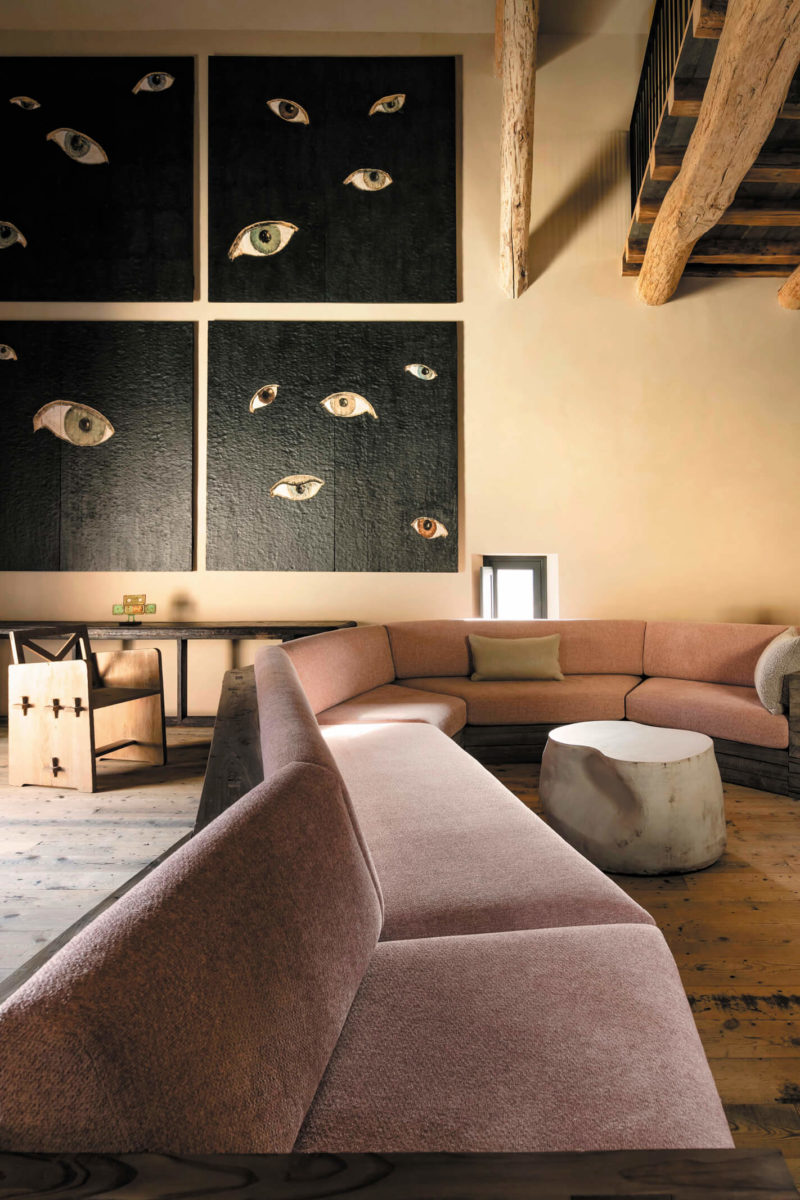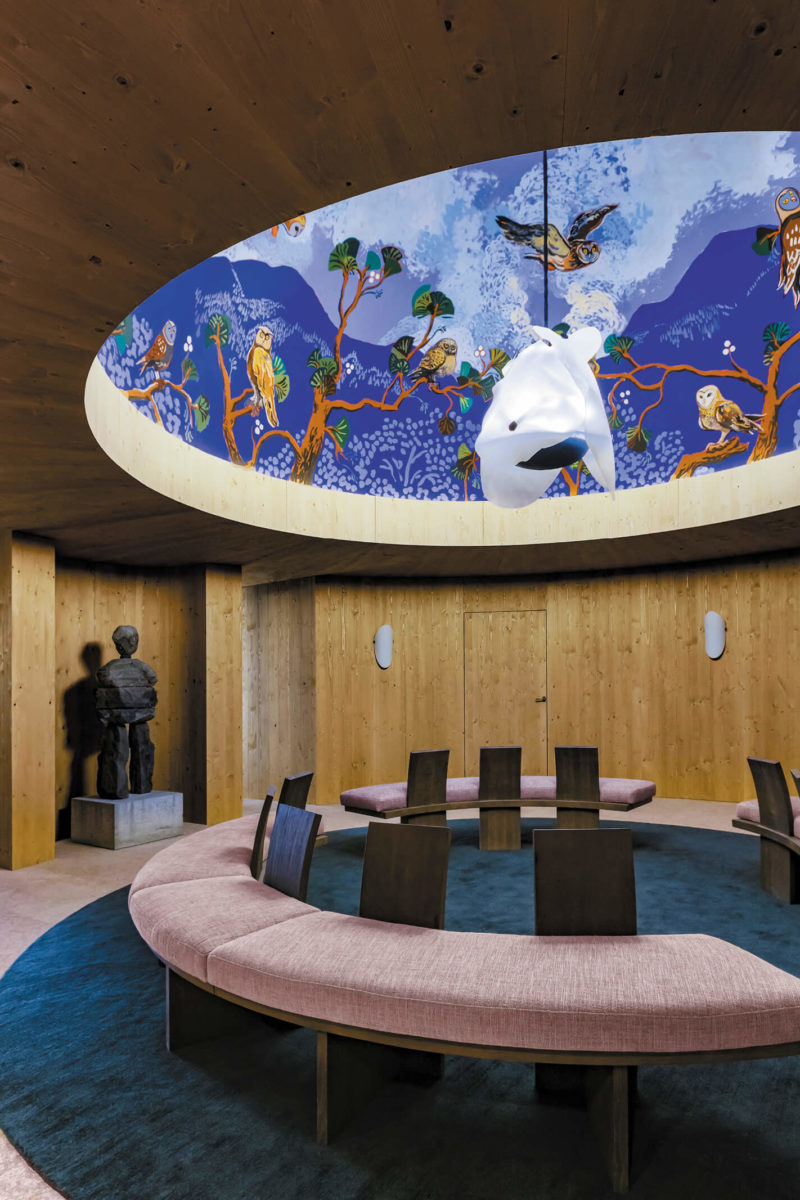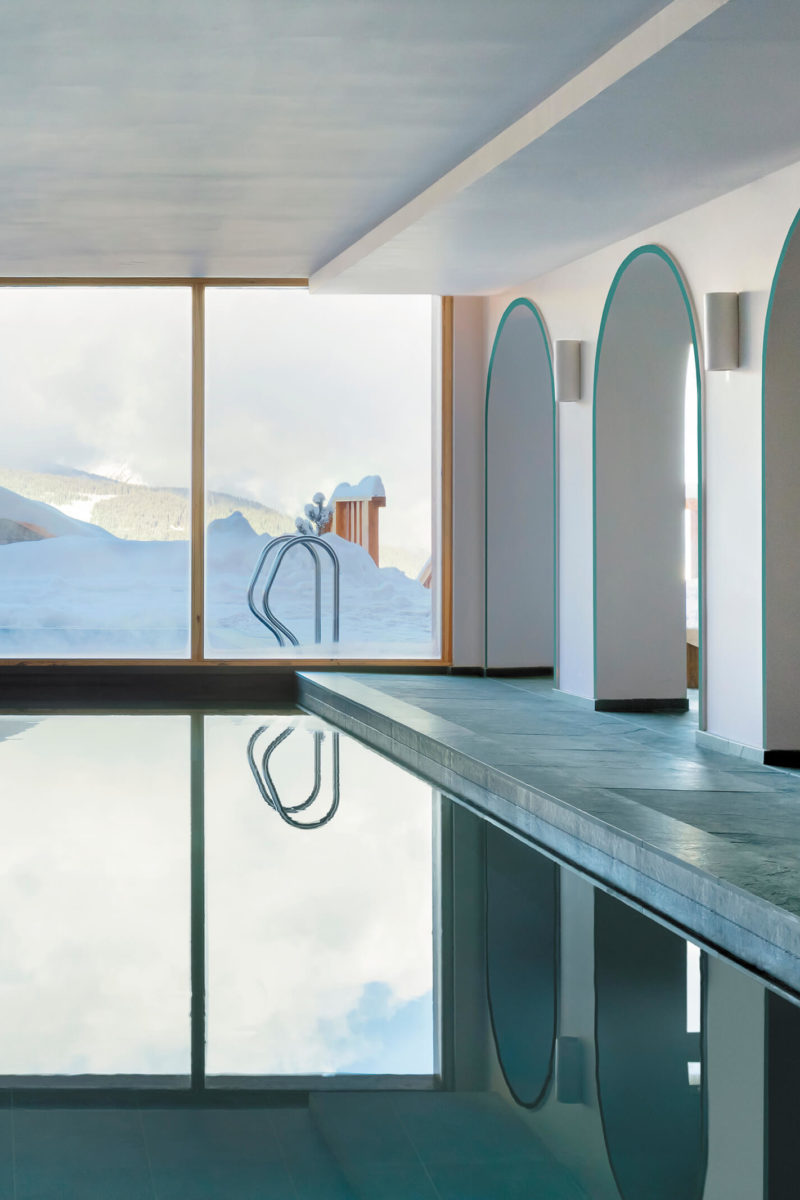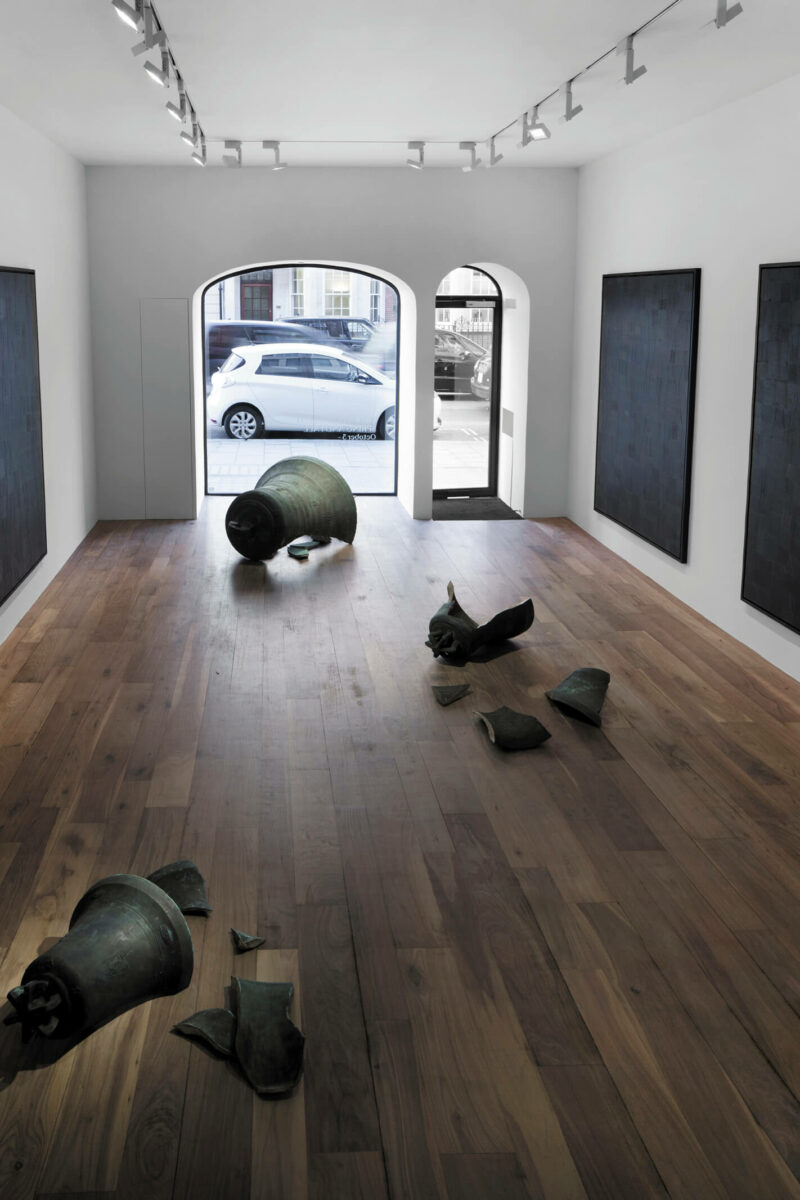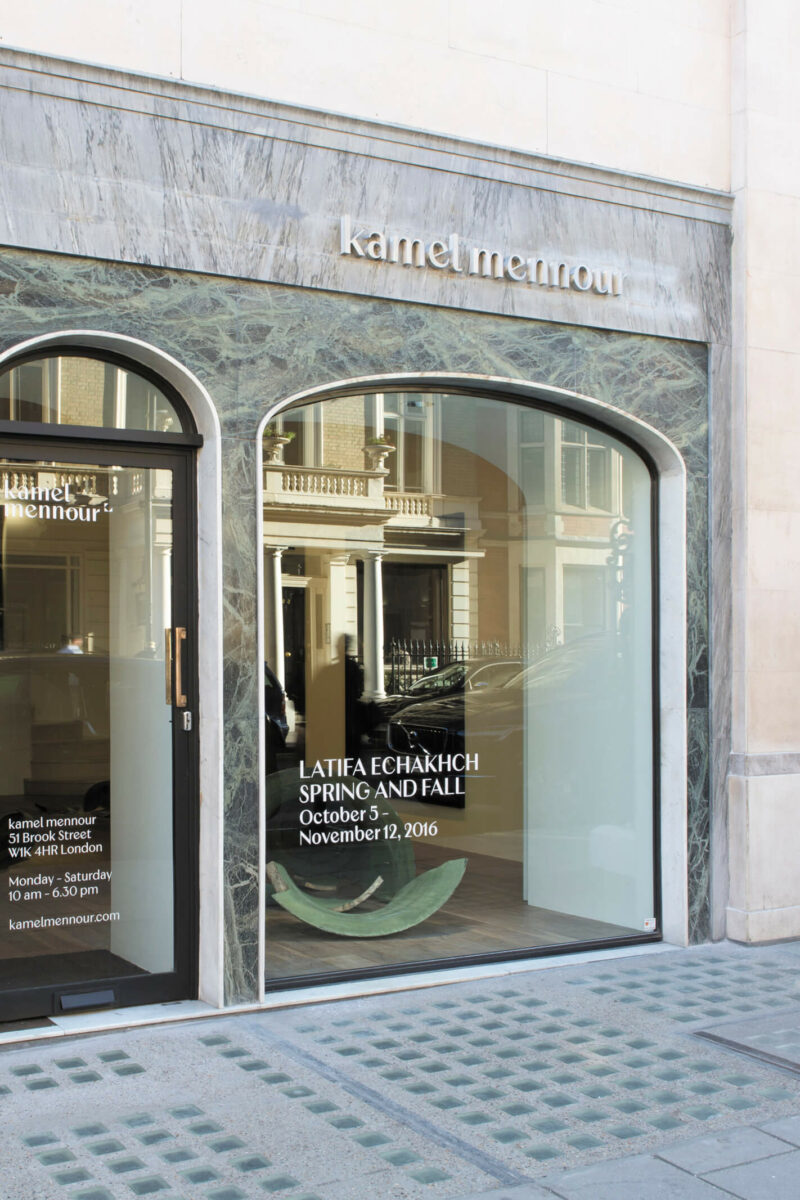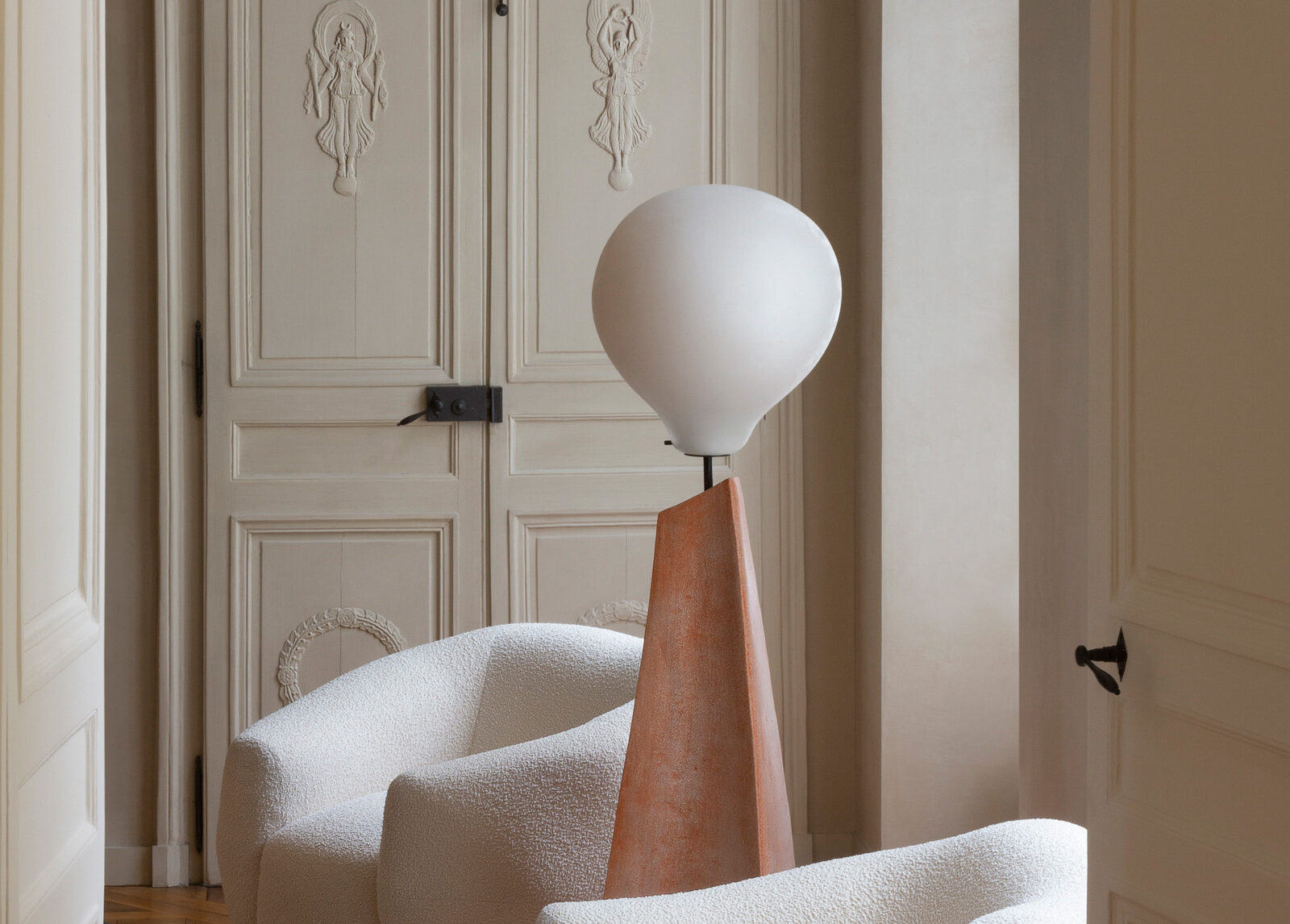The Château de Fabrègues was built in the seventeenth century, nestled among the hills. Four round towers topped with glazed tiles symbolizing the four seasons frame this distinctively Provençal architecture. In 2009 it became my home, my refuge, my place to decompress as often as possible.
I remember our first visit. To get there, we had to travel for miles across ancient tracts of land and charming little villages; it was like going back in time.
Then at a bend in the road, far from everything, the château appeared, embedded in the vegetation. I fell in love with it right away. A large terrace overlooked a vast landscape of hills and woods; I felt this absolute calm, this serenity that I was looking for; it felt like home.
We worked for nearly five years with passion and determination to bring this fading building back to life, along with the original garden which had vanished. It was a crazy, unwieldy project, since the estate had been abandoned for almost a century.
I surrounded myself with exceptional craftsmen, and together we gradually revived what has become my haven of peace.
Today I might say, without vanity, that Fabrègues is the full and complete expression of my taste. A sort of manifesto.
The estate is continually evolving; I want to make it a living place, a place of research, projects, meetings, imagination and freedom.
To me, contemporary art is an essential component for a harmonious project; it is fundamental to my work in general. In this sense, Fabrègues embodies my vision. The art works seem to interact with each other, with the environment itself, creating the soul of the estate.
At the foot of the château, I wanted to make the small chapel, a space dedicated to all types of meditation and where art has pride of place. A few simple wooden benches allow you to rest and contemplate the fresco of children created by Claire Tabouret.
Finally, the park, designed by landscape architect Louis Benech, is the focal point. In another life, I would have liked to be a botanist, and so I fervently nurture my garden. It is alive, rebellious, but faithful, and never stops inspiring me.
